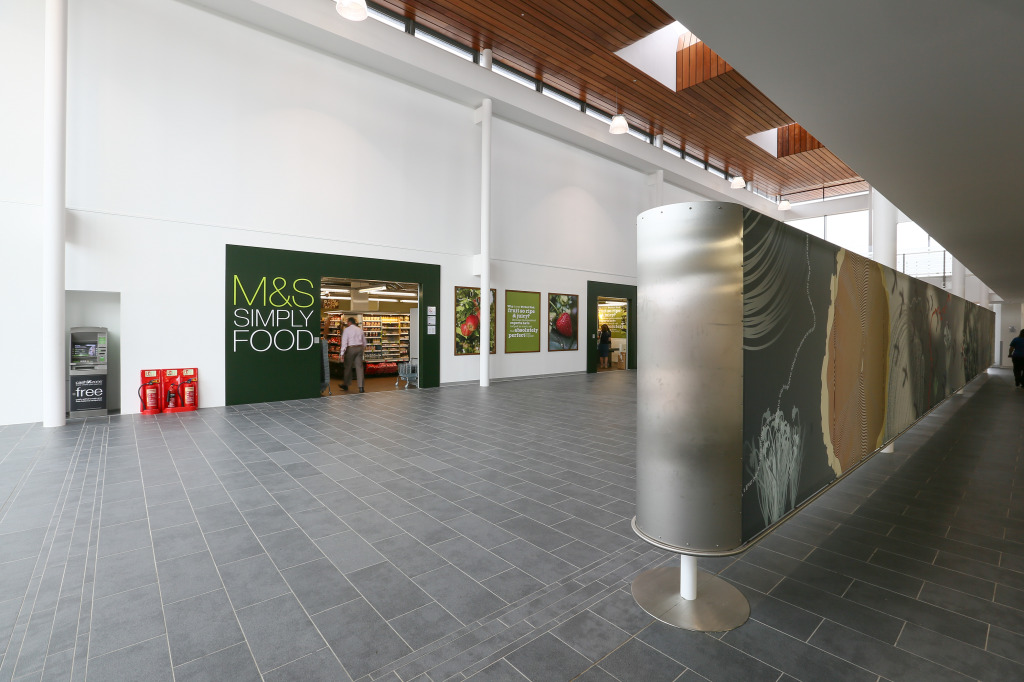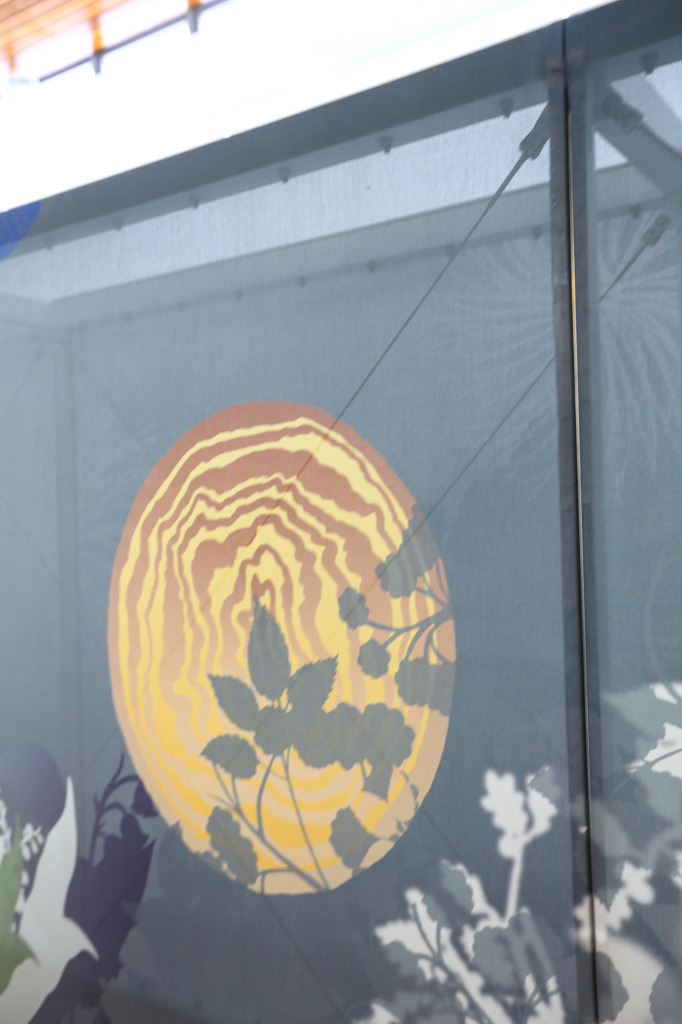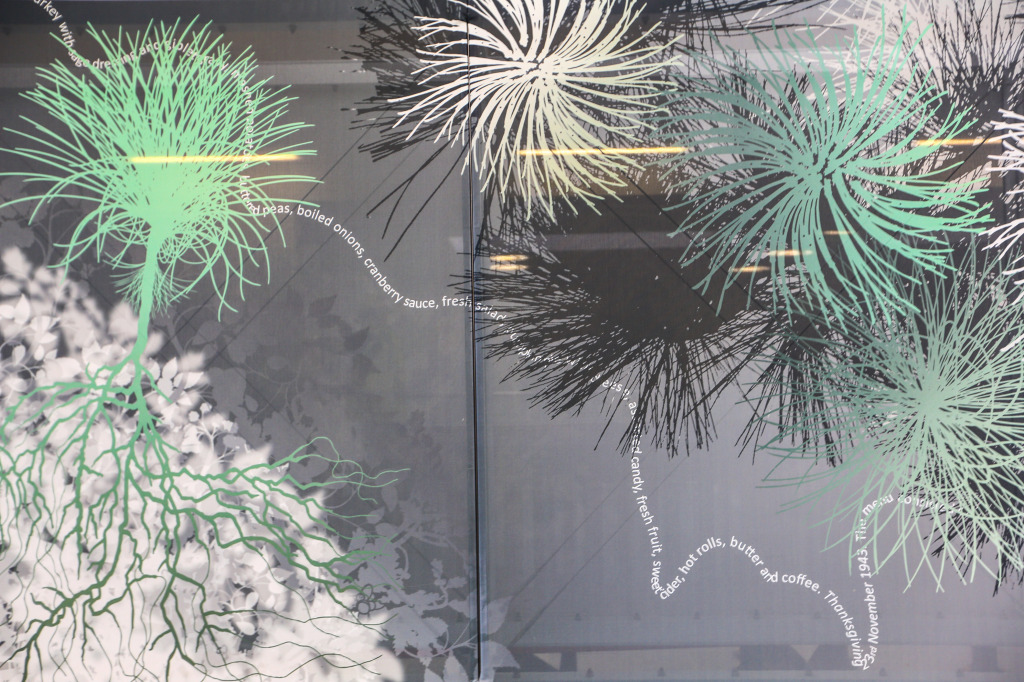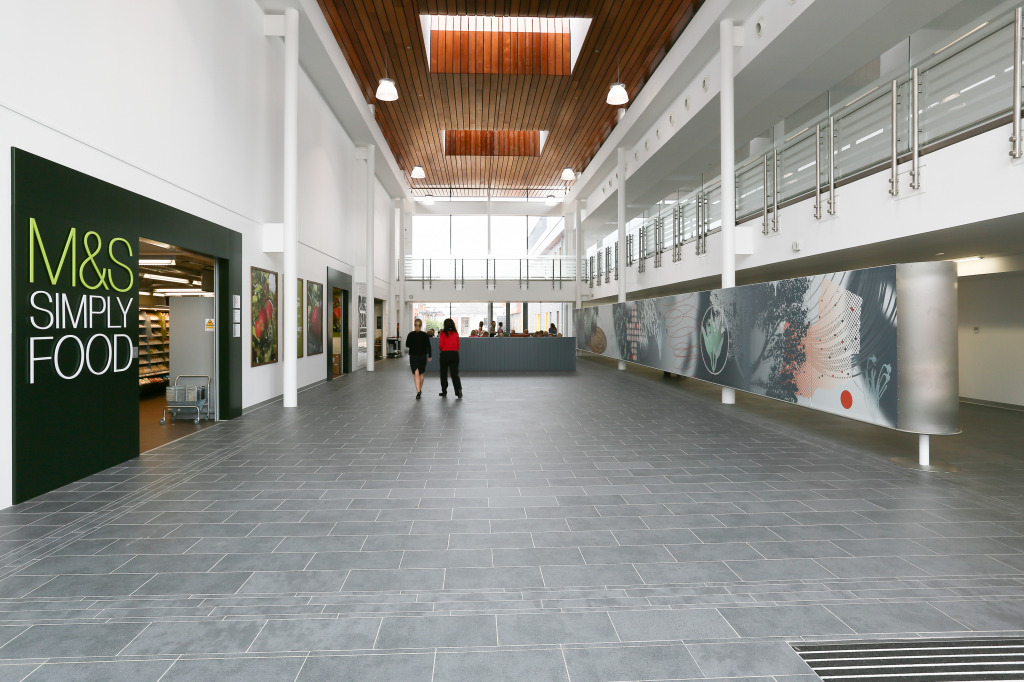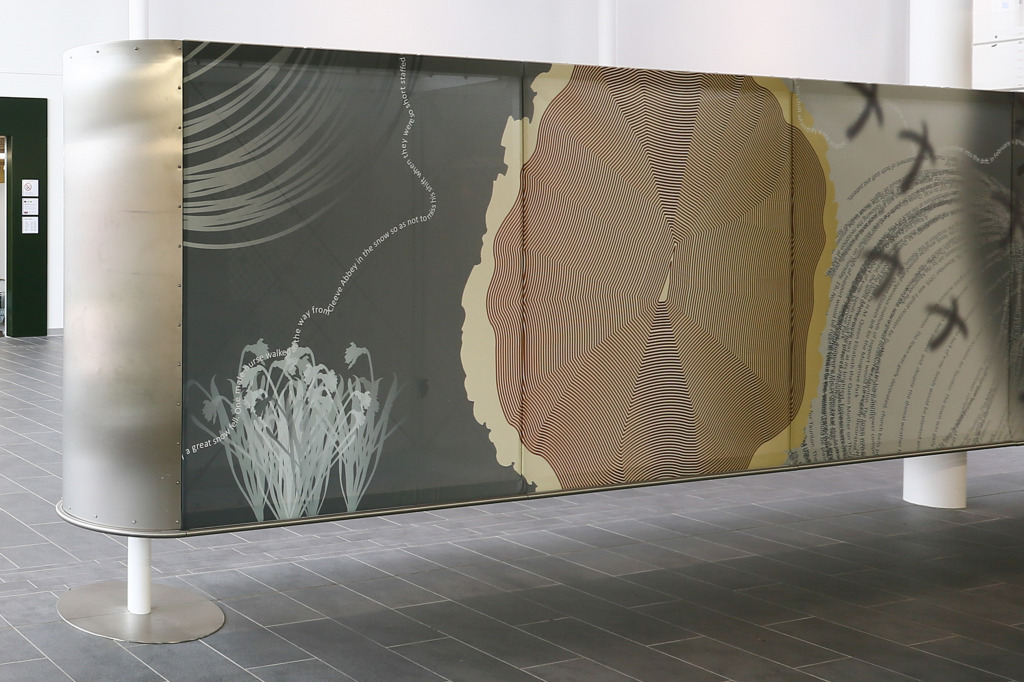25th November 2014
More images in today from Hardscape detailing the manufacture of the large platform seat for Central Chelmsford.
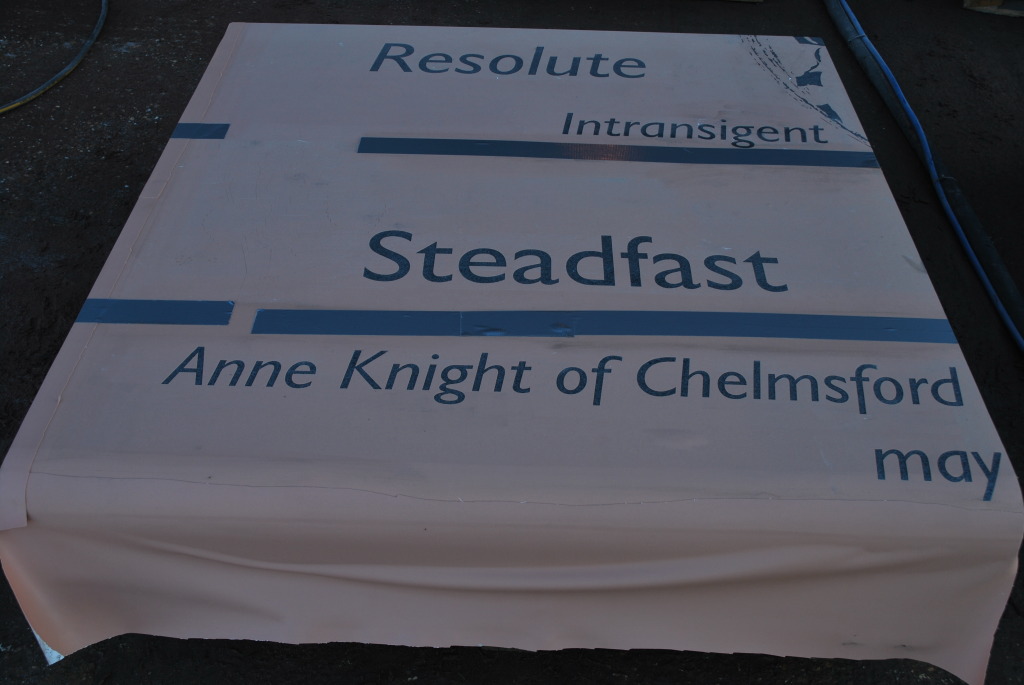
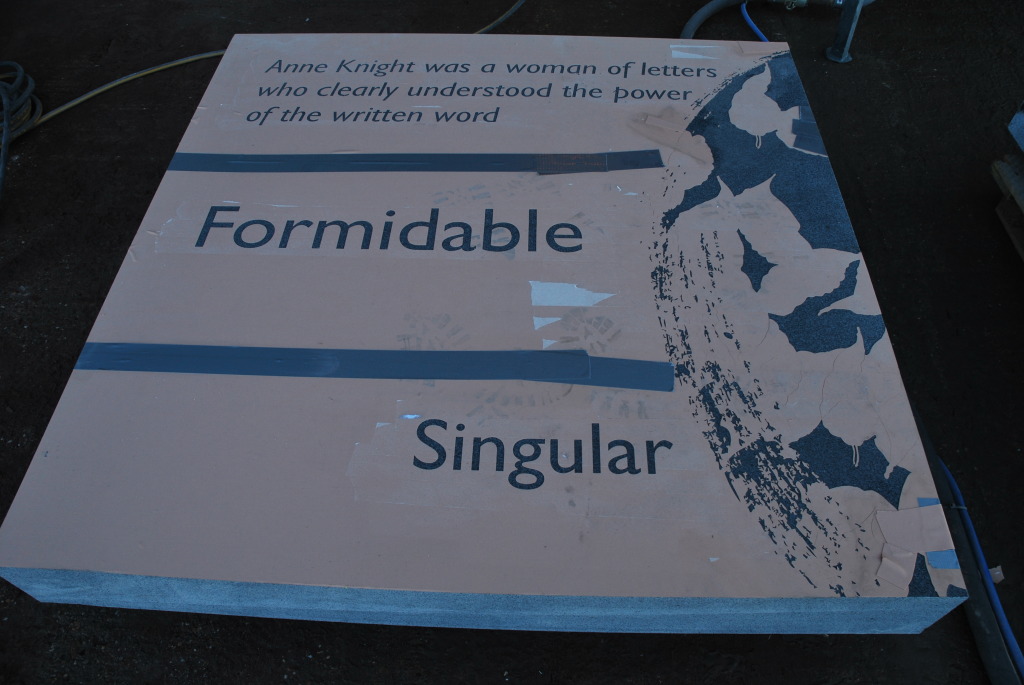
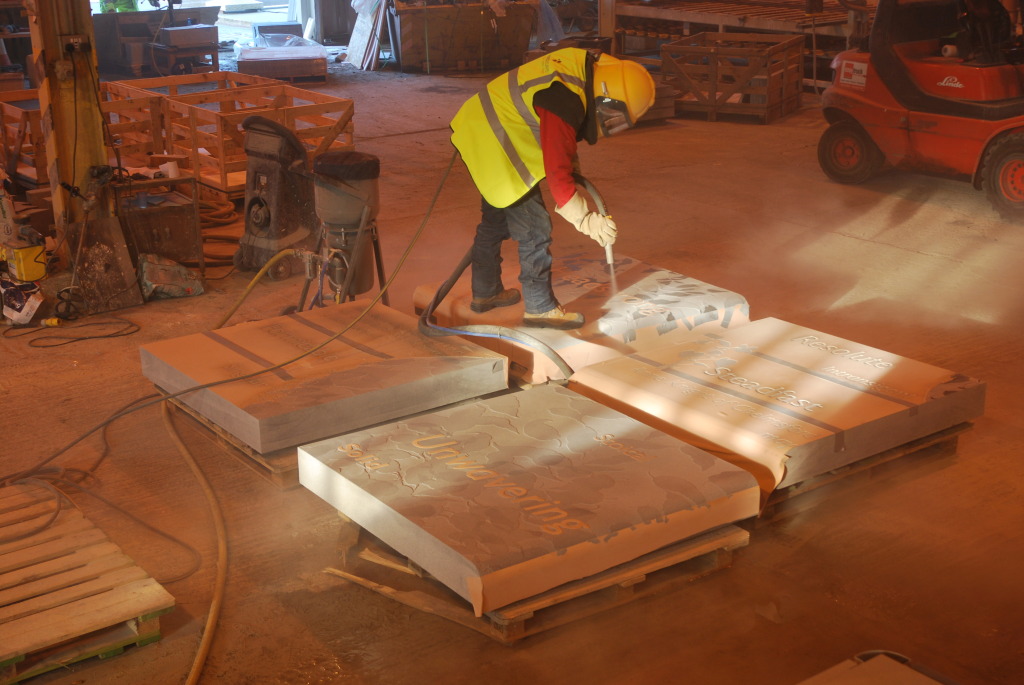
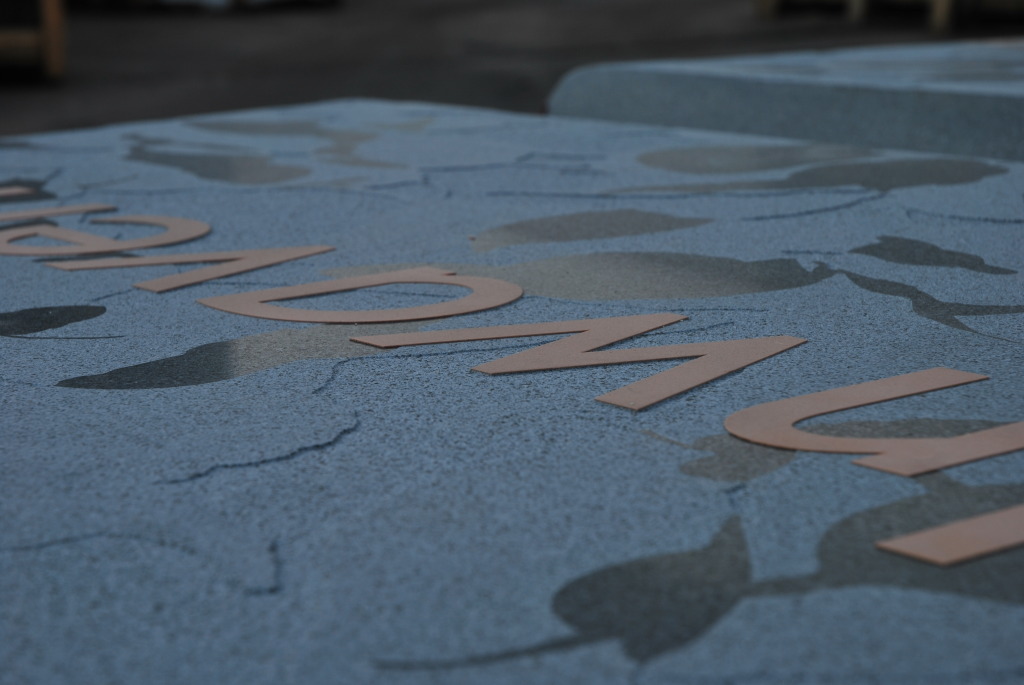
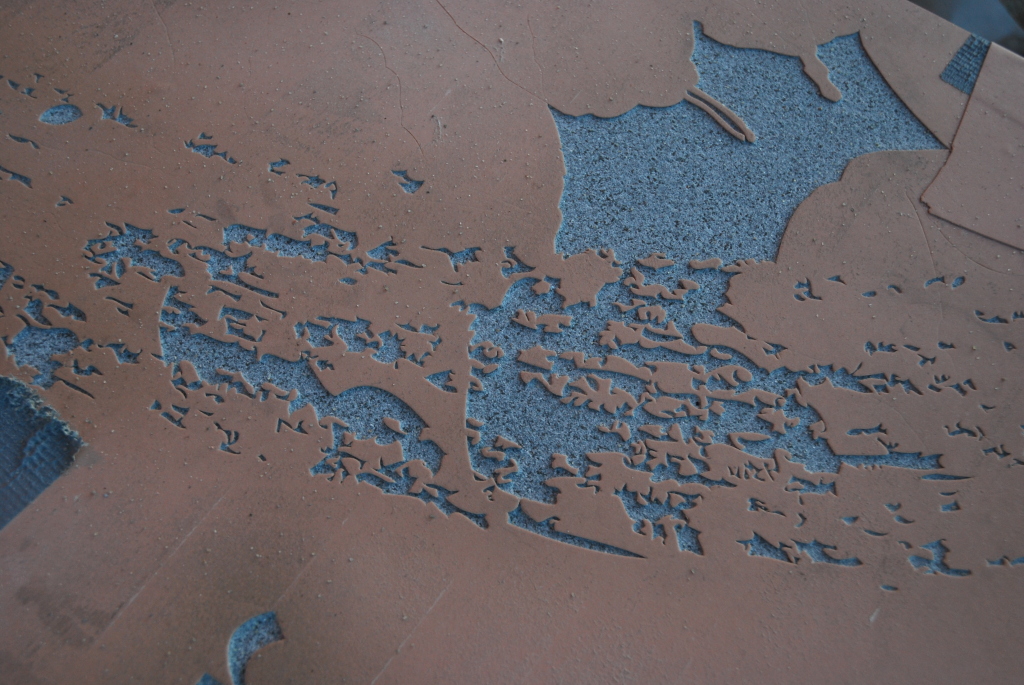

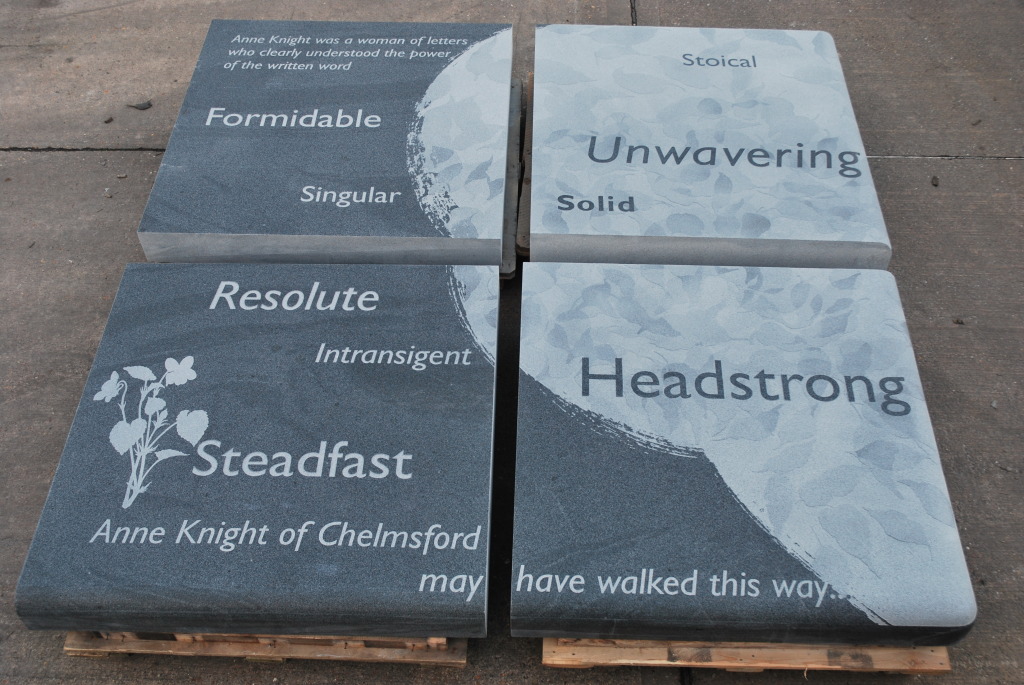
25th November 2014
More images in today from Hardscape detailing the manufacture of the large platform seat for Central Chelmsford.







HISTORIC IMAGES RESEARCH –
In researching this project I have engaged with many individuals, institutions and stakeholders in order to decipher the history of our site. I am immensely grateful to all those who contributed.
The purpose of taking this approach to research is twofold.
Firstly it fosters a sense of common ownership around the project. People have given their information and experience freely in order to see these improvement be made.
Secondly, the collaborative exchange of information has enriched the debate around the design outcomes, This can only be a positive step forward. The project now on the ground is all the better for this.
Thanks to all who have contributed thus far. The following is not an exclusive list – & I am adding to it all the time !
Ingrid Peckham, HER – Historical Environment Records Office – Southampton City Council
David Hollingworth, Local Studies & Maritime Collection – Southampton City Council
Sue Hill & Joanne Smith, City Archives, Southampton City Council
Jez Gale, Archivist, Southampton Daily Echo
Bert Moody – Local Railways and Docks Historian / Author (Mr Southampton !)
Dave Marden – Local Docks & Shipping Historian and Author
John Alsop – Railways Historian
John Silman – HIAS – Hampshire Industrial Archaeological Society
Denis Hale, Mayflower Theatre
Hampshire Archives & Local Studies
FoSJP – Friends of St James Park
The following set of images – all credited – have been used to inform and influence the design process. They formed a brilliant & illuminating part of the contextual research, which has influenced the design process throughout the project – & which is quite frankly – ongoing …the research never stops !
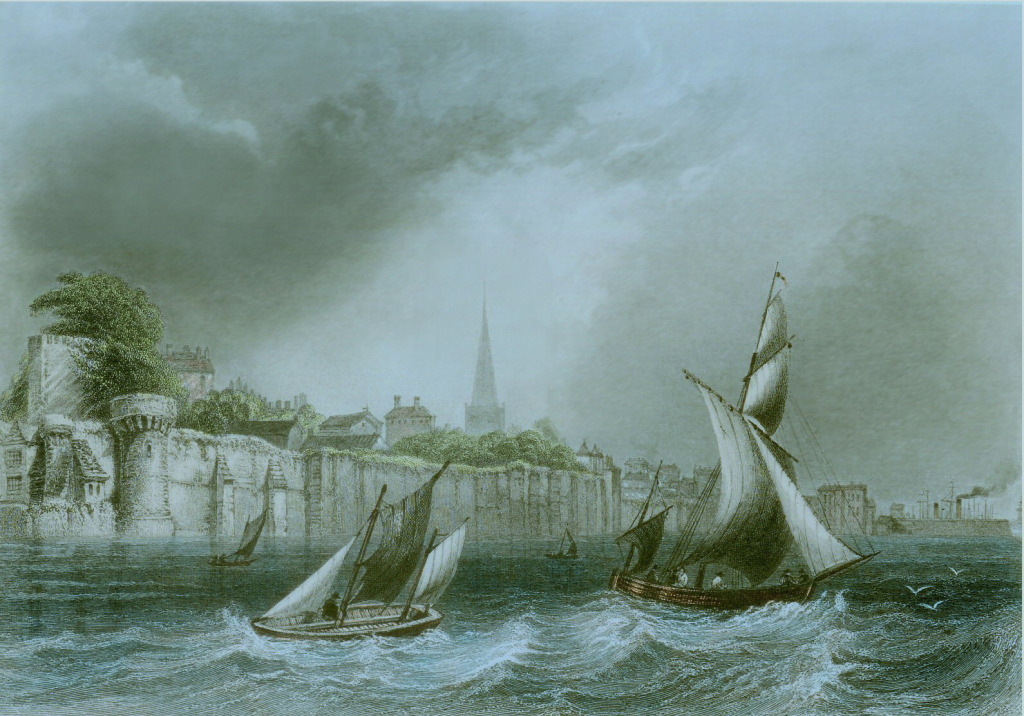
Sailing near the walls of Southampton and the West Quay area on a stormy day in late Victorian times. The embayment (West Bay) is an old meander of the River Test, flooded by the rising sea levels of the Holocene (current epoch) following the last ice age. This image is a wide angle view from near the present site of Southampton Central Station and looks out towards Town Quay – the site of the West Quay Shopping Centre & John Lewis. Ian West & Tonya West 2008
The image ties in wonderfully well with a description of a great storm in West Bay in 1893
An extract from the Parish of St Peters Church, Commercial Road. Magazine No 5 January 1894 by Rev H C Percival
“We have had our share of the late terrific storm, as well as much of the sunshine of Christmas. It is not often that St Peters Parish and people see the usually placid Southampton water assume the appearance of the Bay of Biscay. But on Tuesday the 12th December (1893), we actually had a wreck on the shore in this parish and waves did much damage along the Western Shore. Our Church too suffered much more damage than is generally known. When the gale was at its height, about 3pm, some slates were carried a distance of about 3o yards and hurled with terrific force through one of the small stained windows of the Chancel. The iron guard outside was beat like thin wire and the lead & glass of the window were driven in and the window was smashed into thousands of fragments…one of our beautiful churchyard evergreen Oaks has been sadly damaged and now presents a very one sided appearance. In front of our school, slates were sticking in the ground, as though some giant from the opposite side of Commercial Road had been playing quoits all the afternoon”.
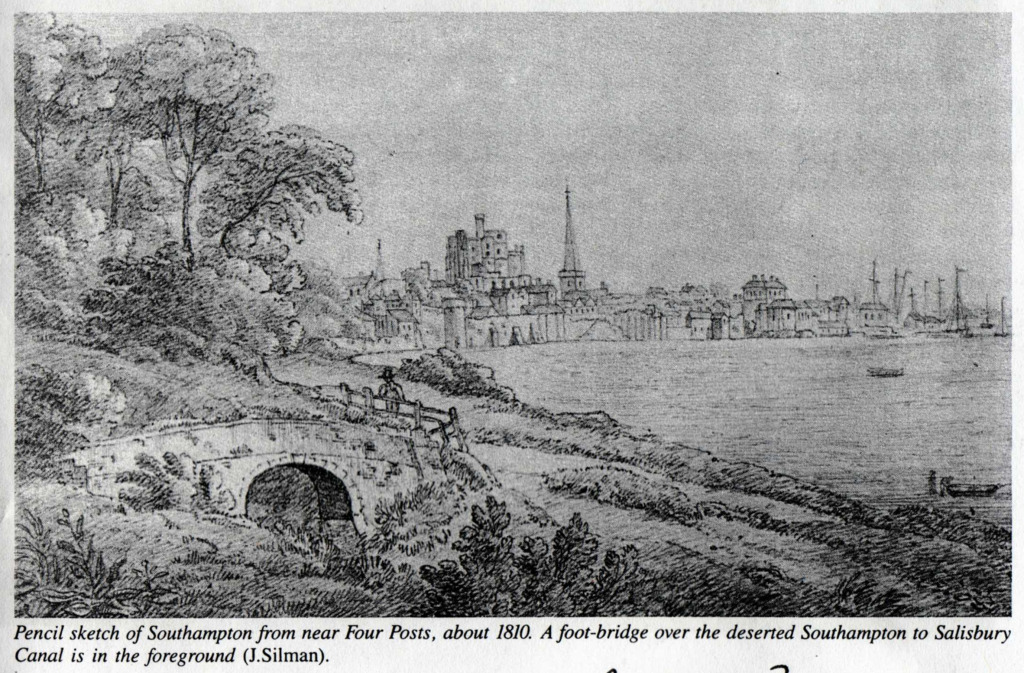
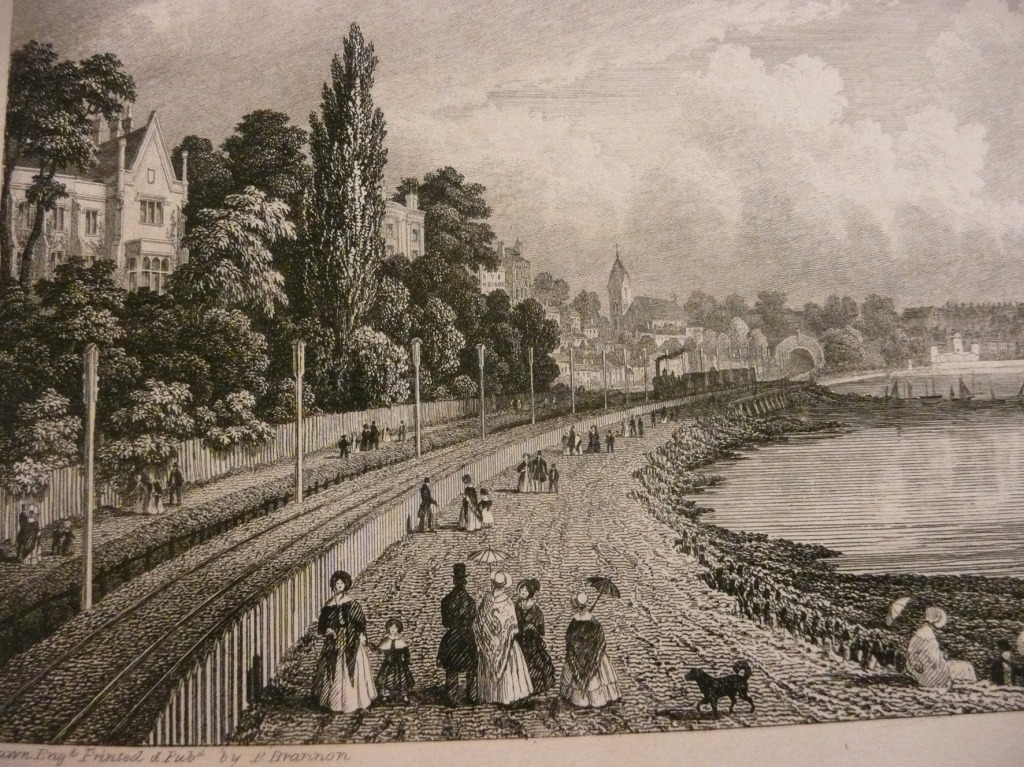

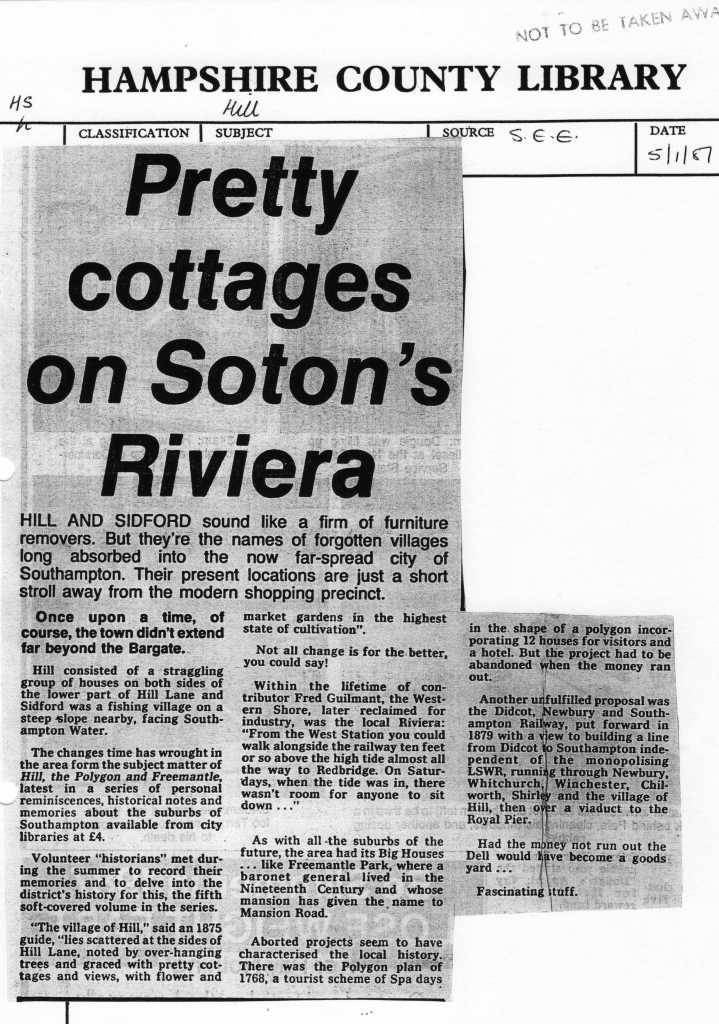
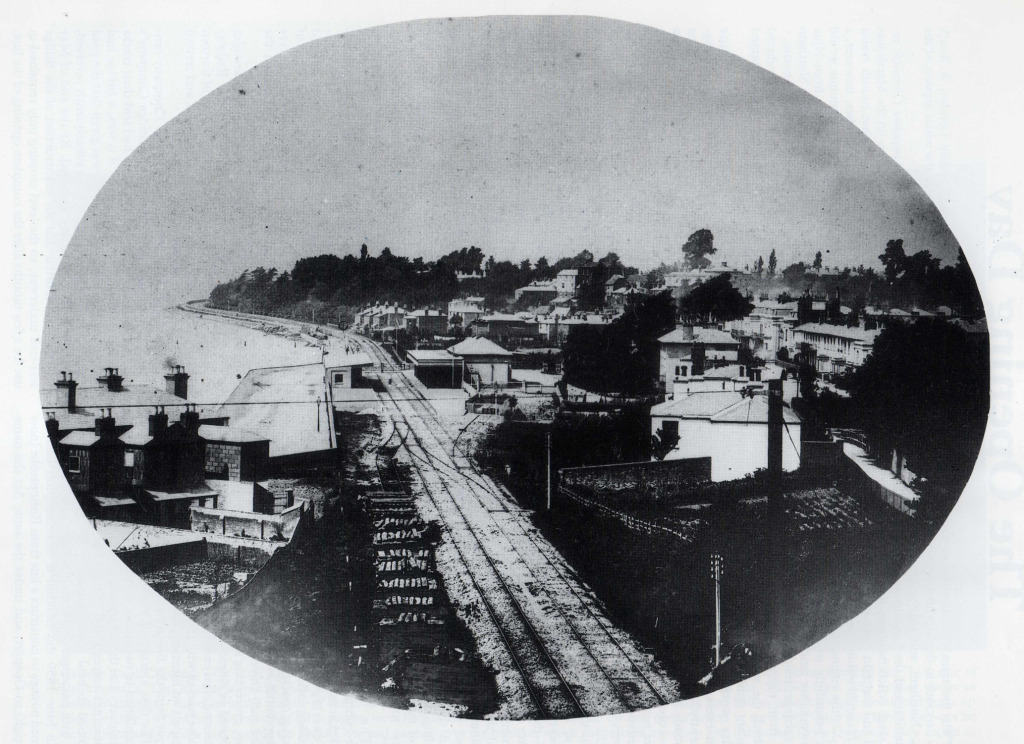

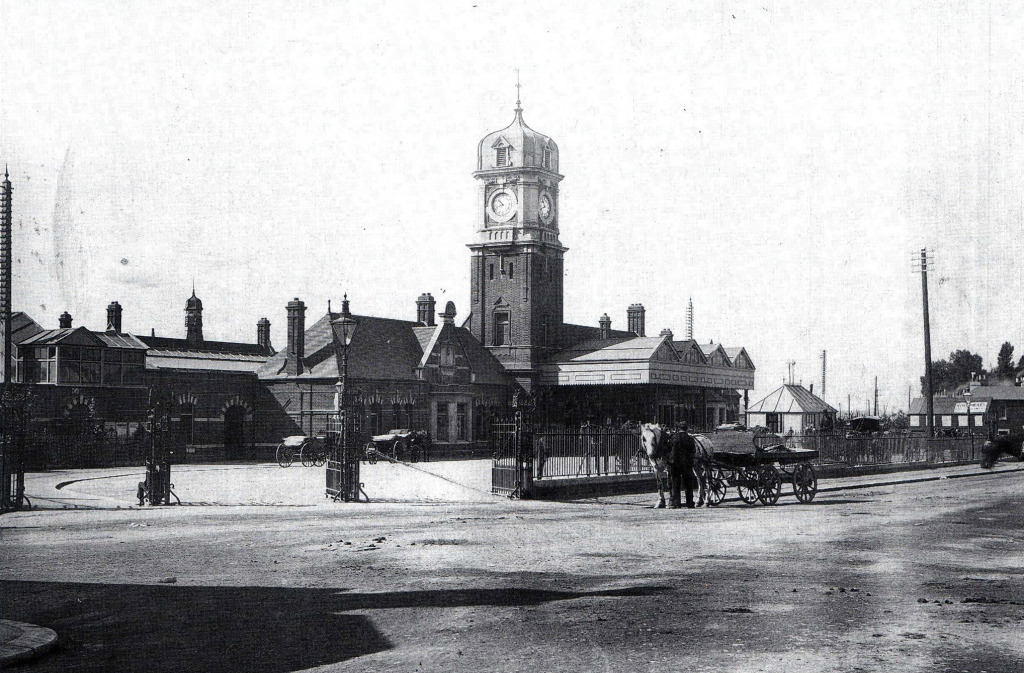
‘In the 1890’s Southampton Corporation sold an area of land for the construction of the new station. The land involved was partly field & partly shoreline and was therefore subject to tidal flooding’. ‘The new station was opened on 1st November 1895. The clock tower had been a landmark long before the Civic Centre was built in 1931. It was damaged by bombing in WWII and finally demolished to make way for the new station and Overline House in 1966/67.

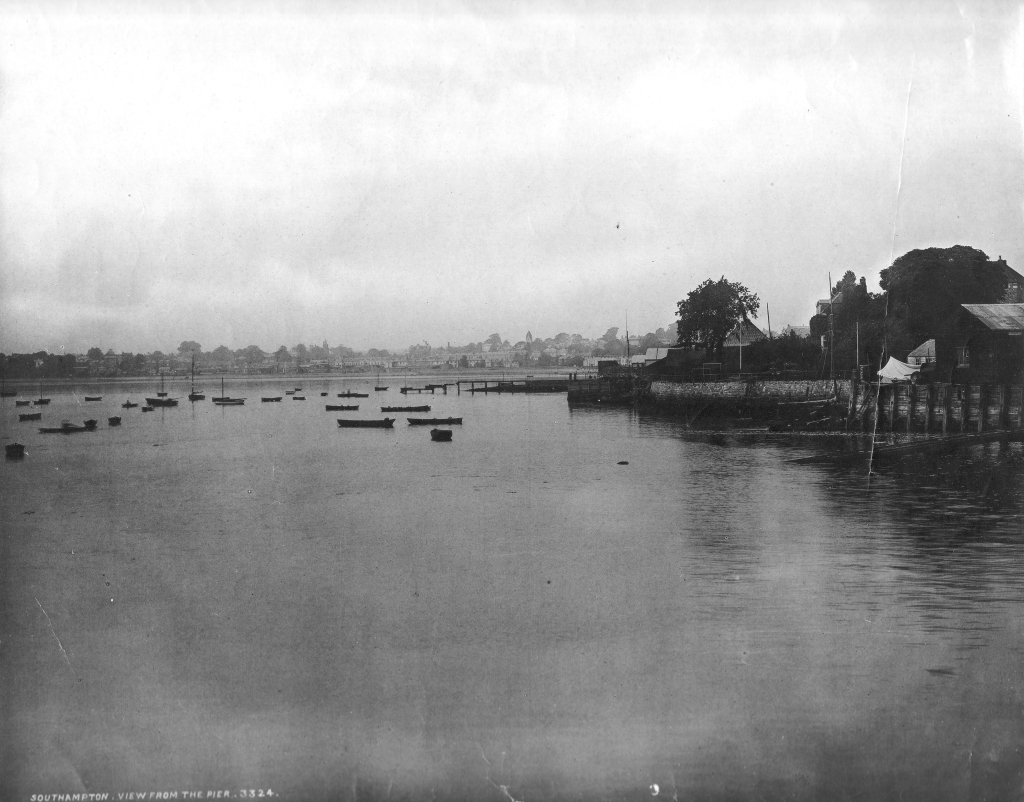

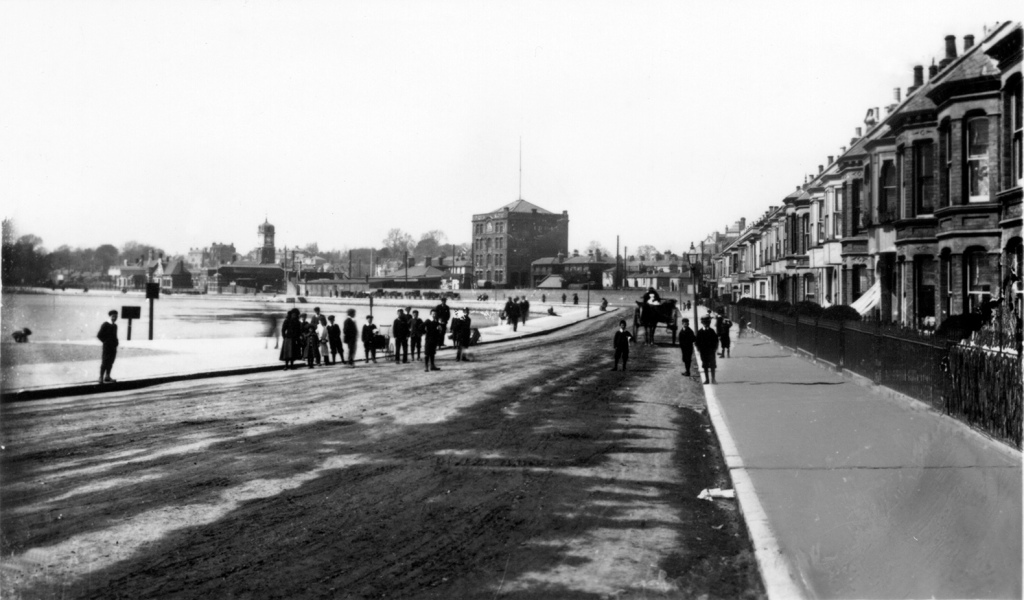
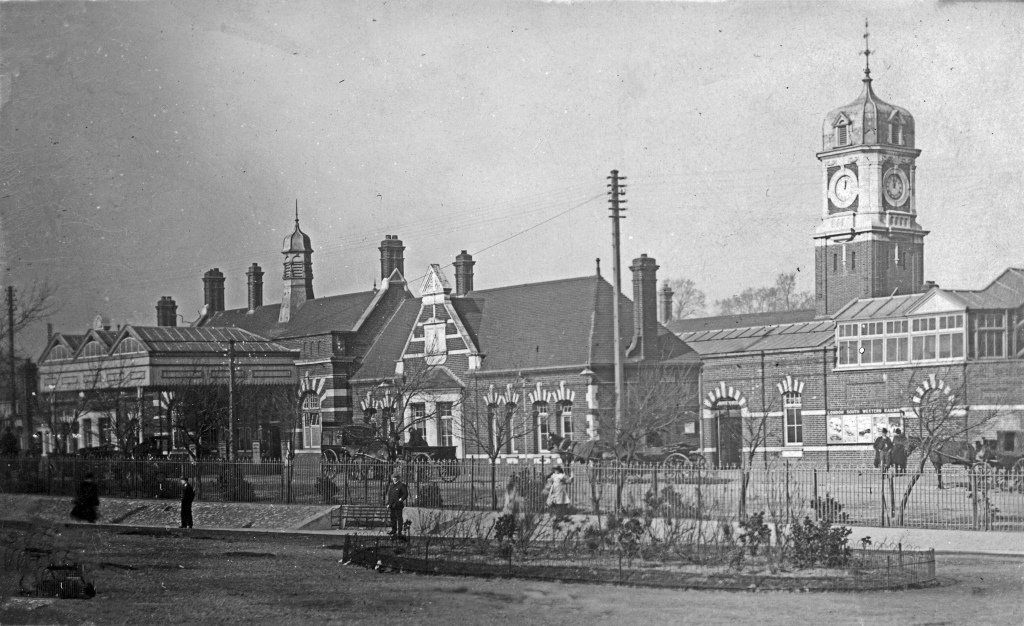
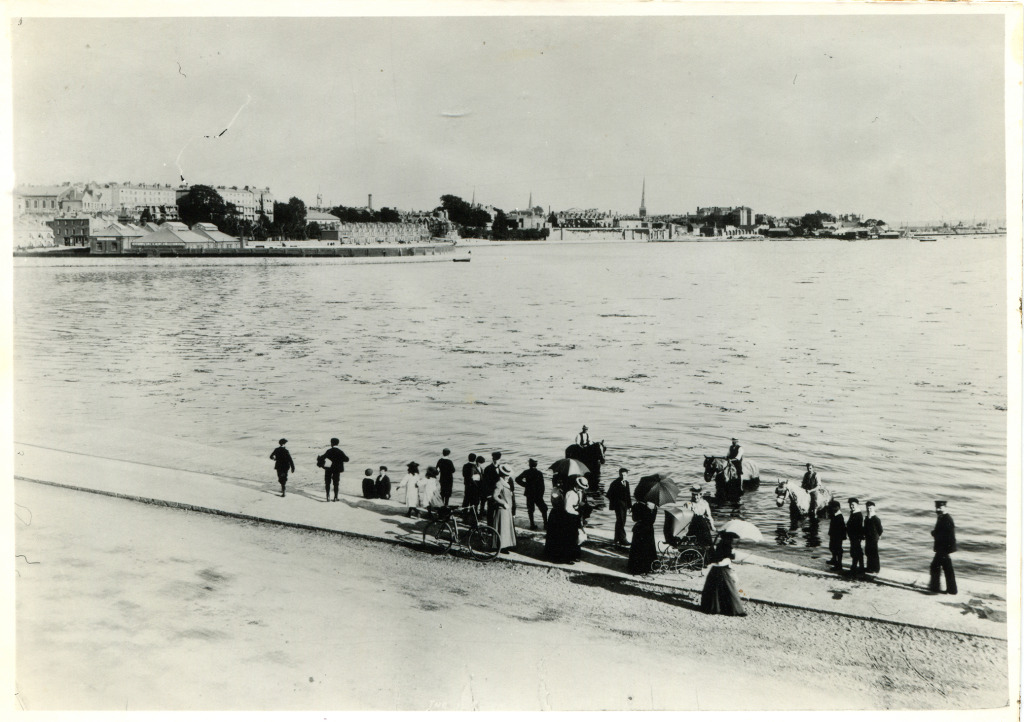
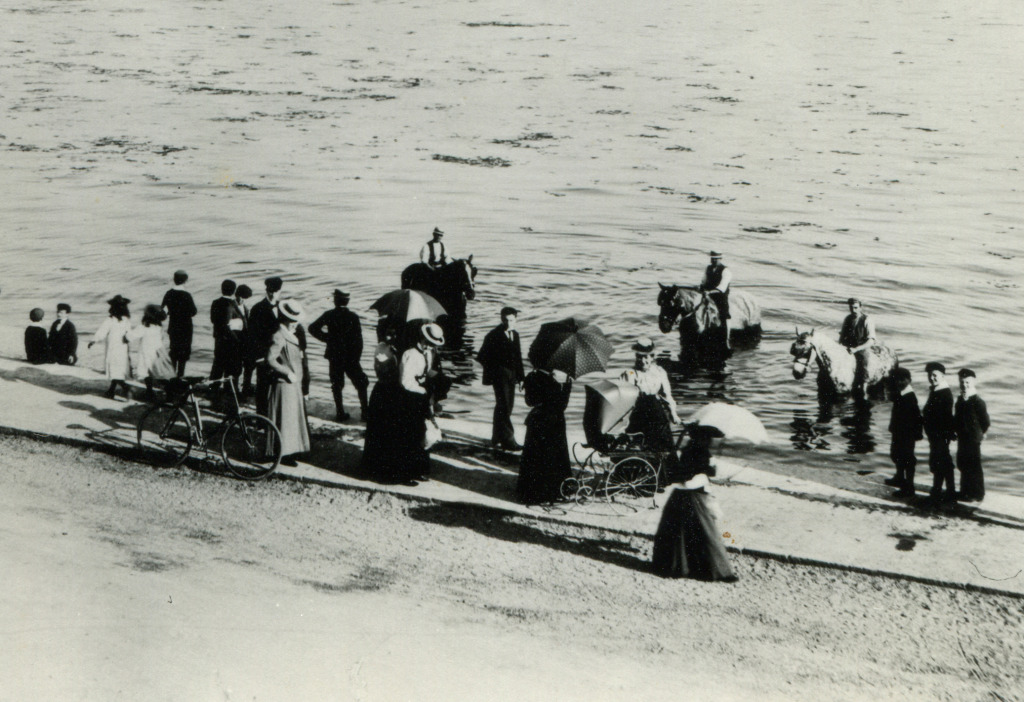



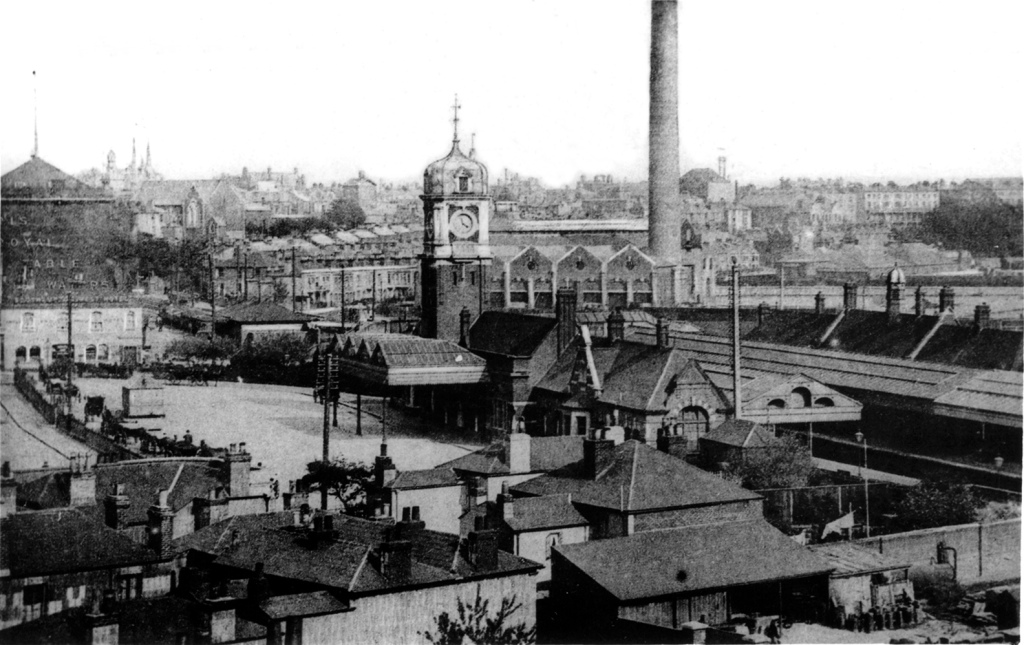
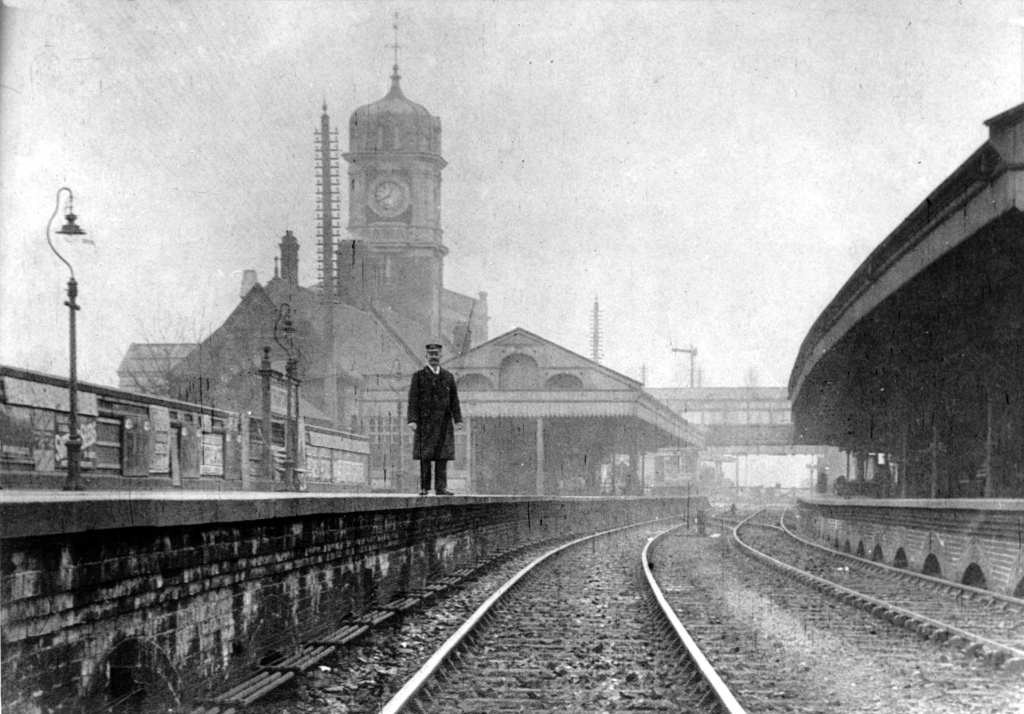

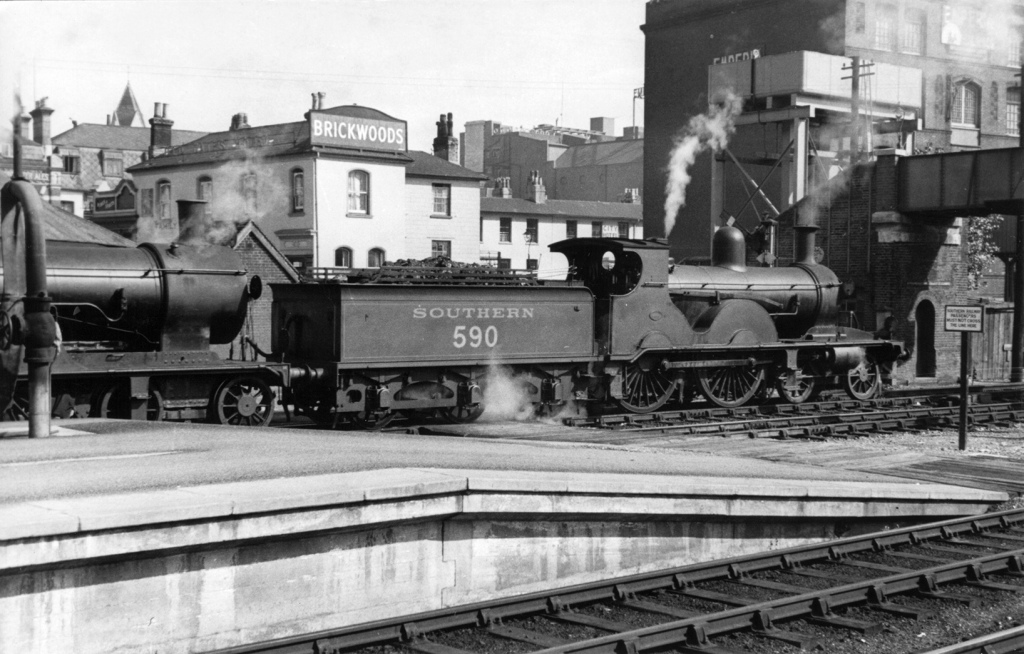


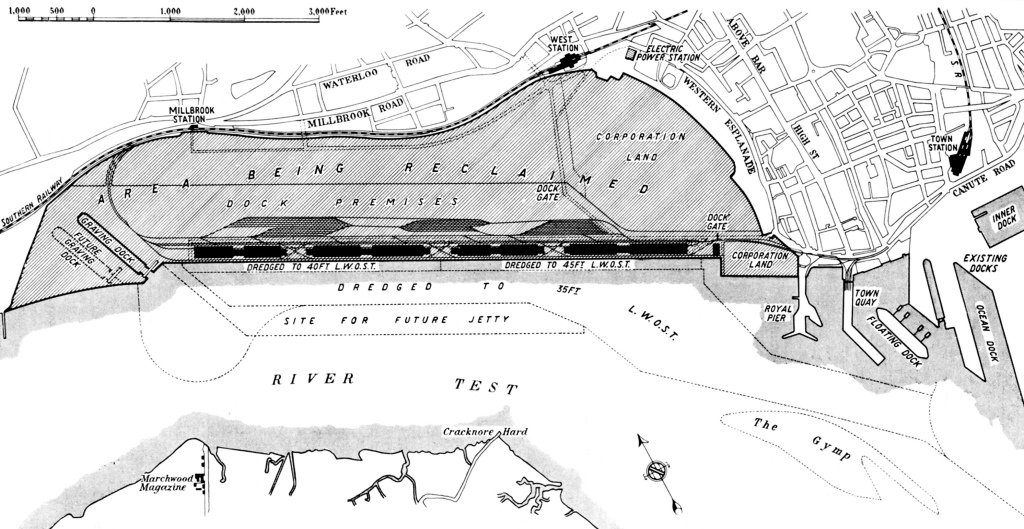
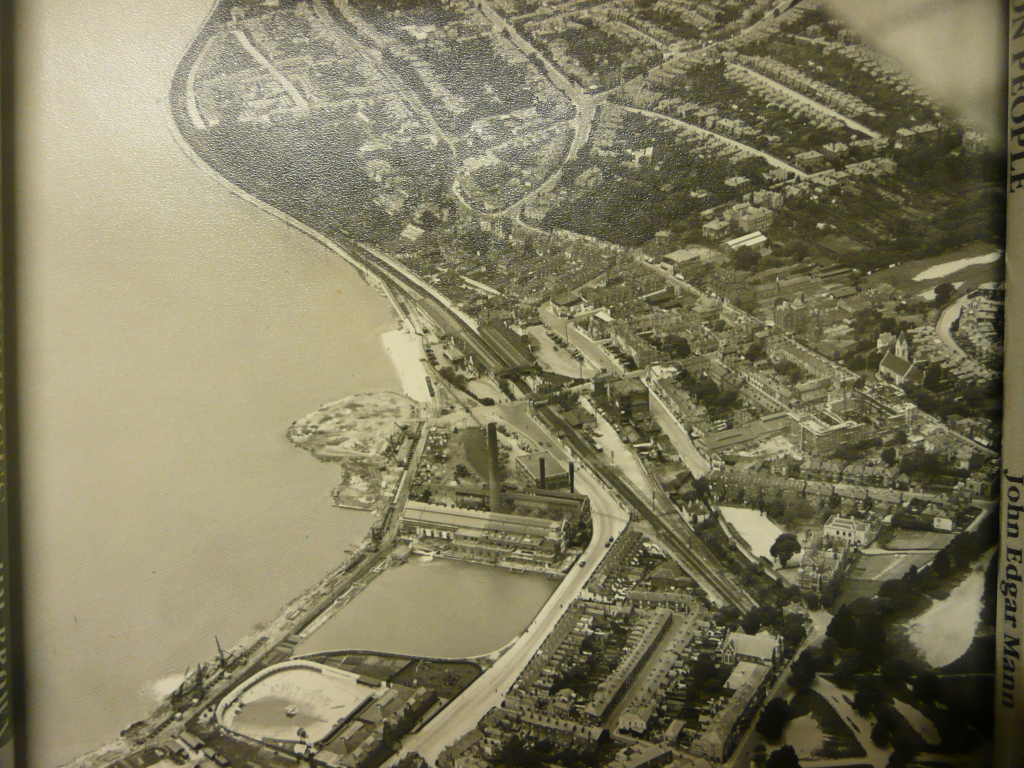
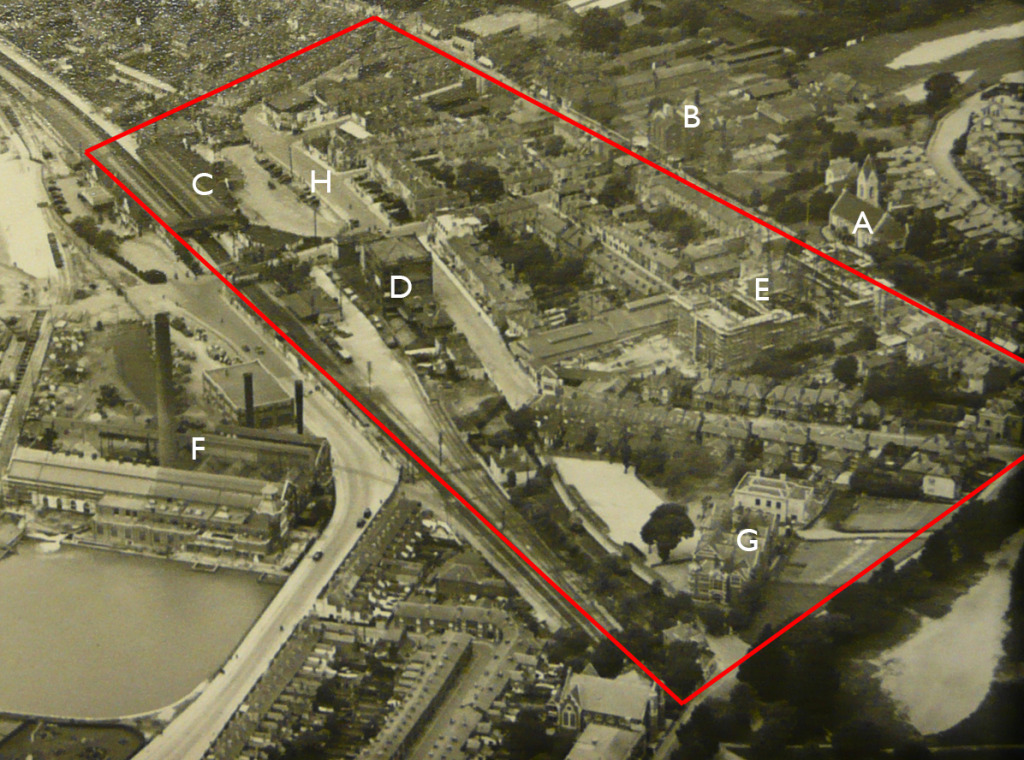
A. St Peters Church, Commercial Road. Built 1845
B. Victoria Brewery, Commercial Road founded between 1863 & 1871 by Andrew Barlow, a business man & philanthropist who died in 1904 aged 84, the richest man to be buried in Southampton Cemetery!
C. Southampton Station of 1895
D. Emperia Building – Warehouses. Built around 1905, bombed out in 1940
E. Empire Theatre – now the Mayflower, built 1928
F. Power Station, built 1903
G. Kingsbridge Grammar School on Kingsbridge Lane
H. Blechynden Terrace & the Station forecourt
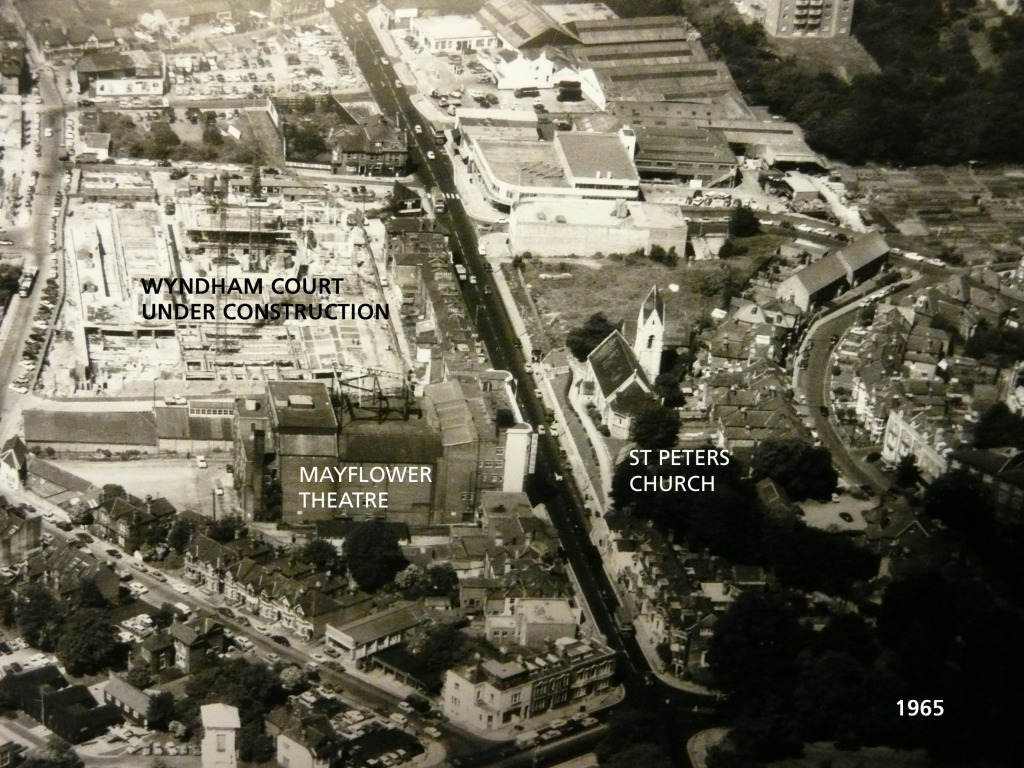

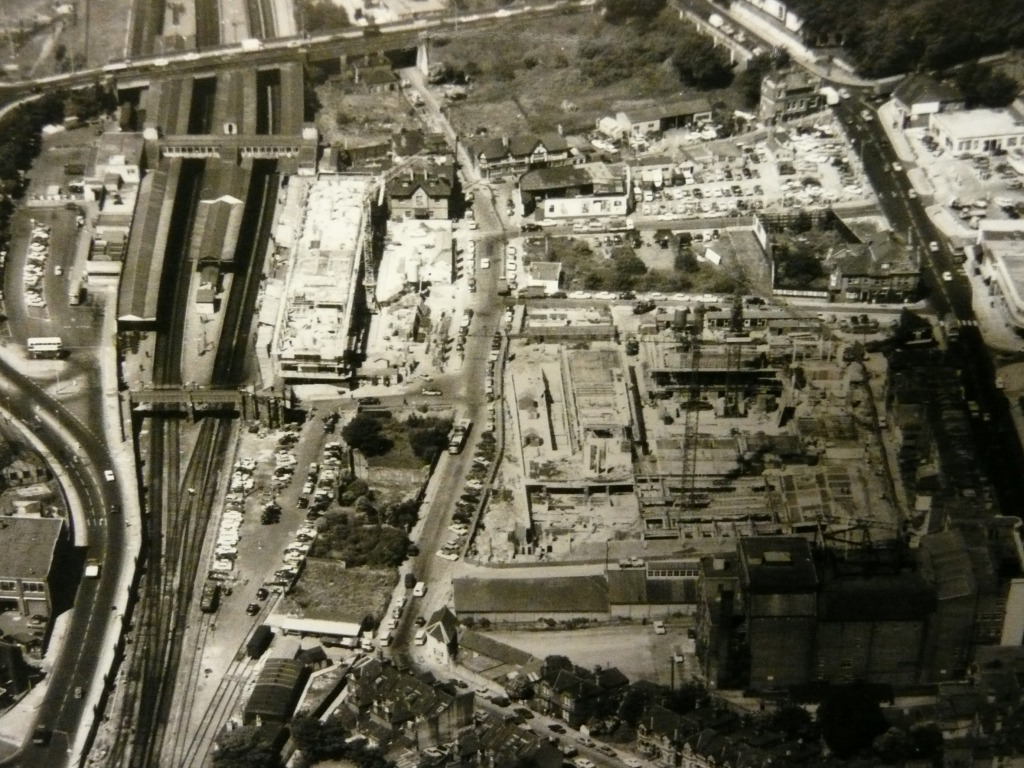
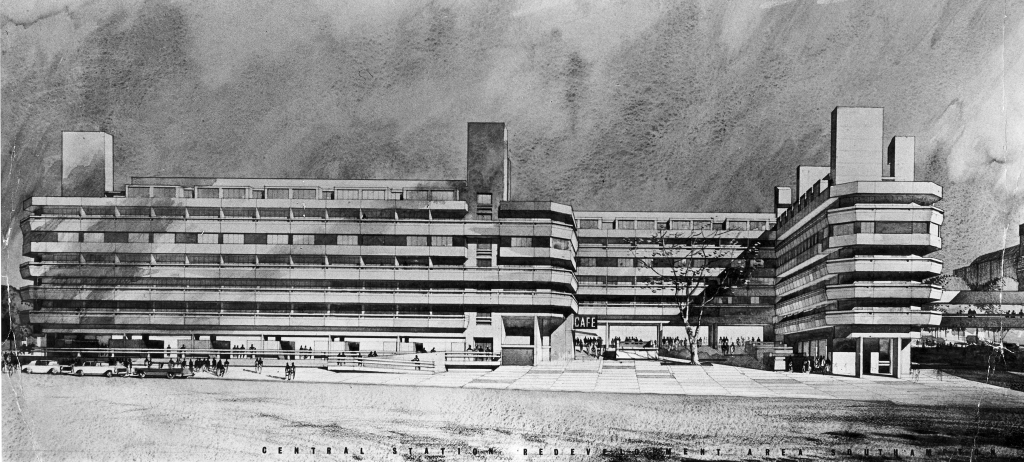

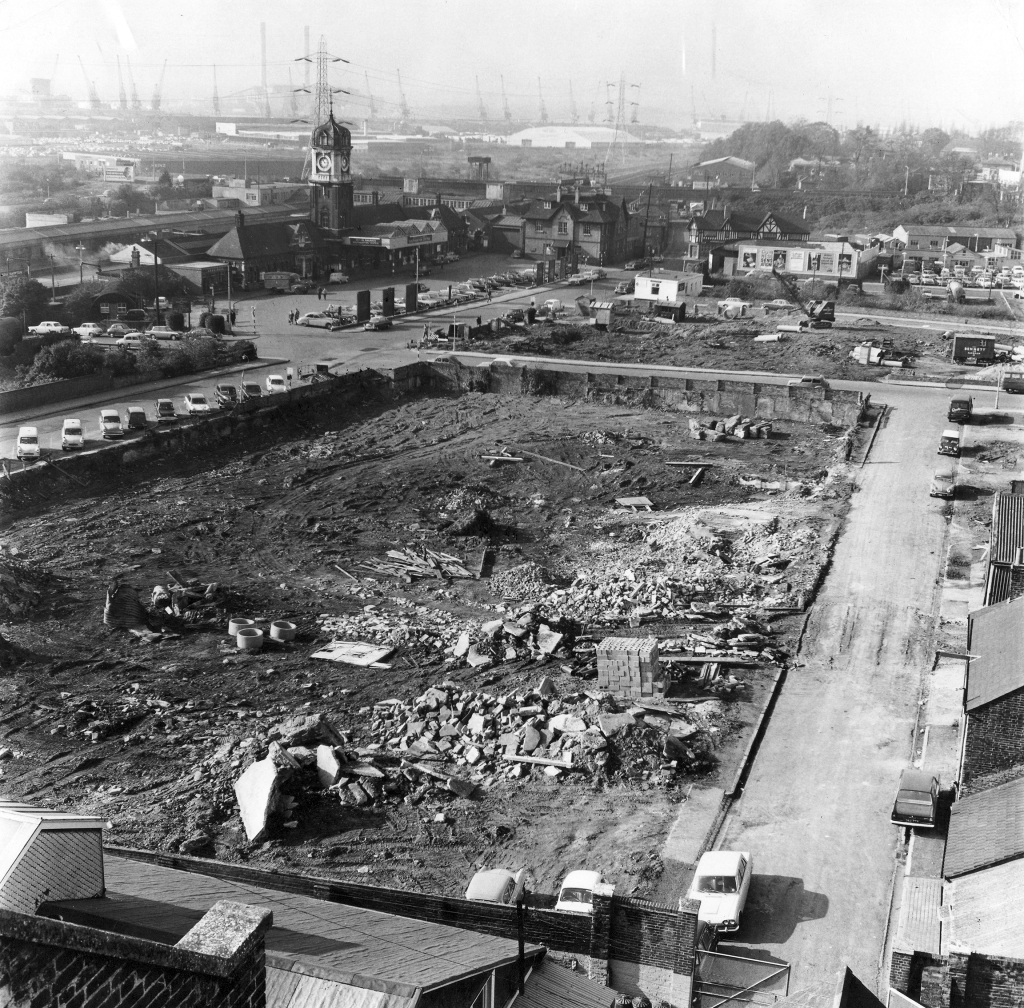
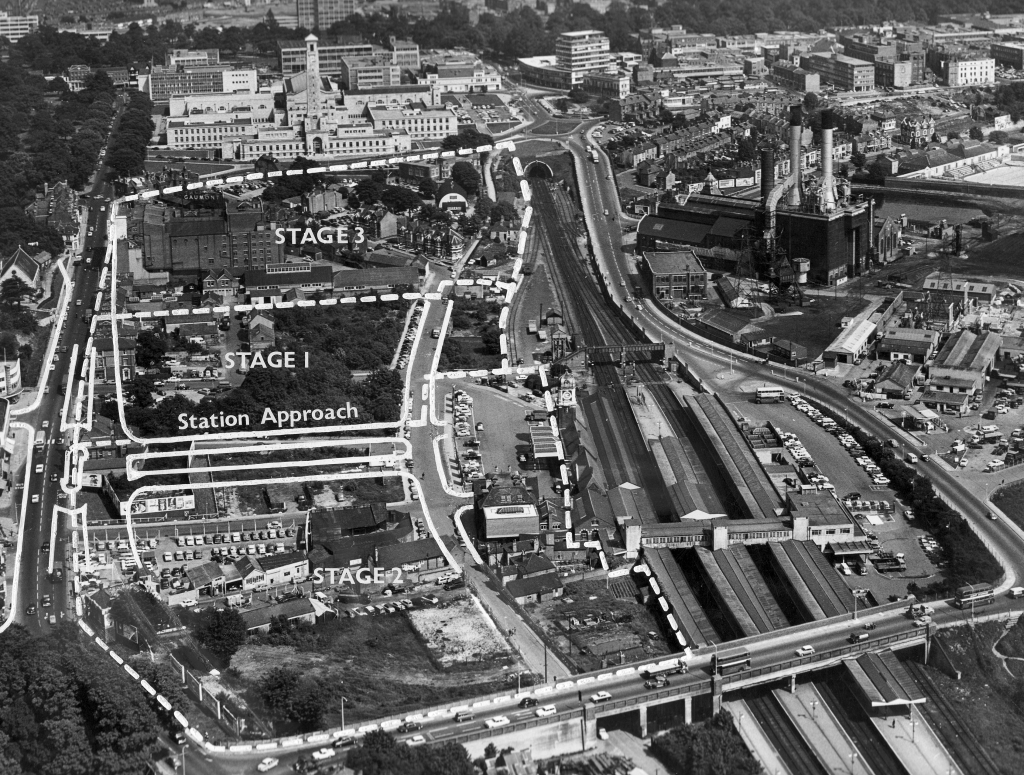
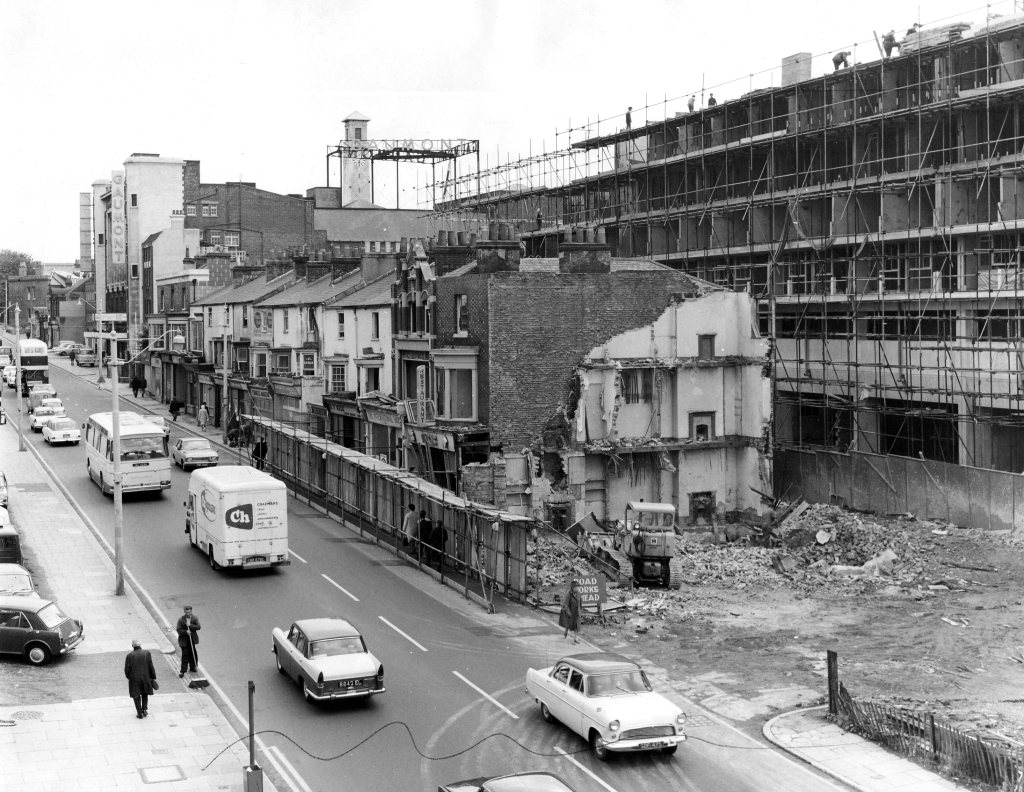
Friday 21st November
Hardscape have just completed sandblasting the large granite platform seat for my project at Burgess Springs, Central Chelmsford. They sent over a couple of images yesterday. Looking pretty good from here – really want to see more images !
Hard to convey to convey the size of this piece of work – each slab is approx. 1200mm x 1200mm.
I think they have done a great job – cant wait to see it installed on site.
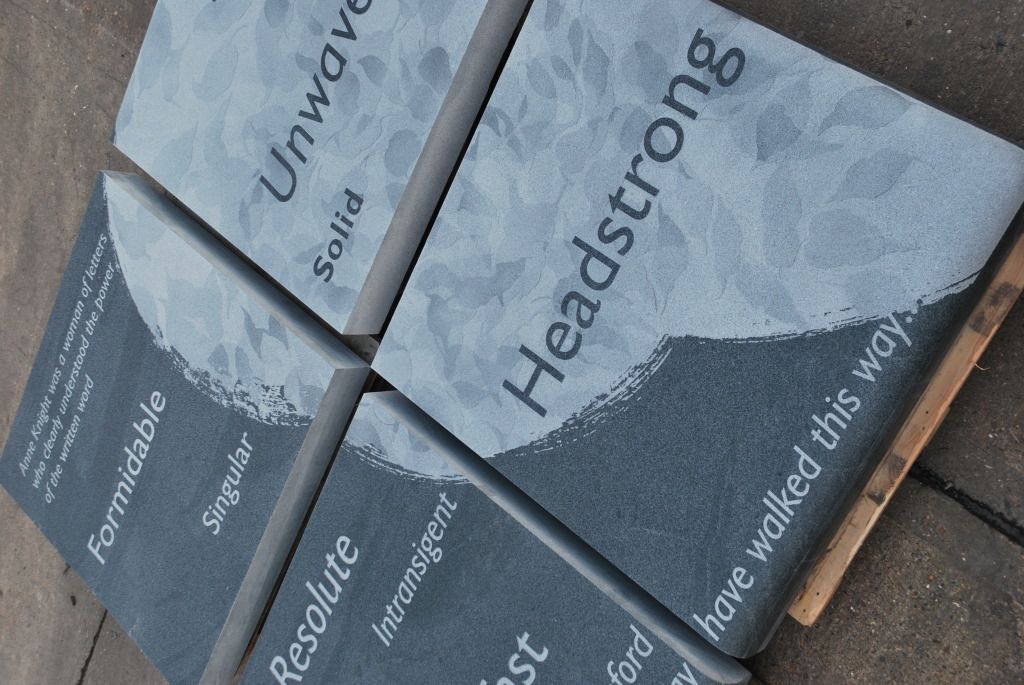

20th November 2014
We have now agreed on which artworks will be delivered as A1 framed prints for the Trust Offices –




I have been asked by Tom Cox, Artscape Project Manager for Oxford Heath NHS Foundation Trust, to prepare some draft artwork, based upon the designs for the Whiteleaf Hospital, which can be printed and framed for display at the Trust’s offices.
These are some of the draft images –

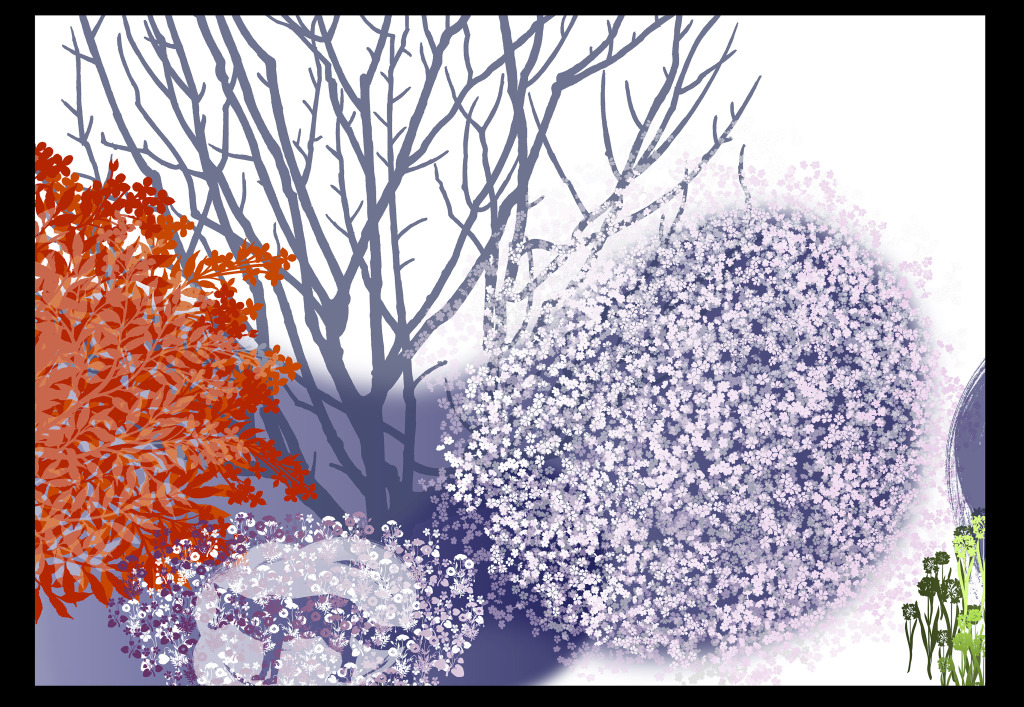
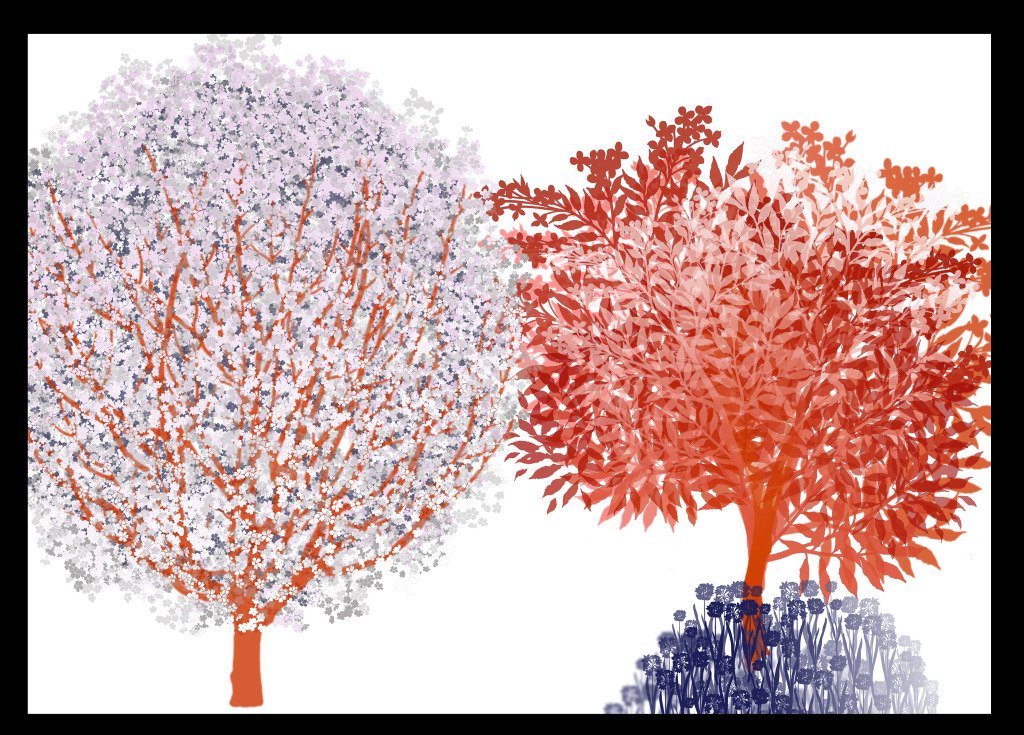
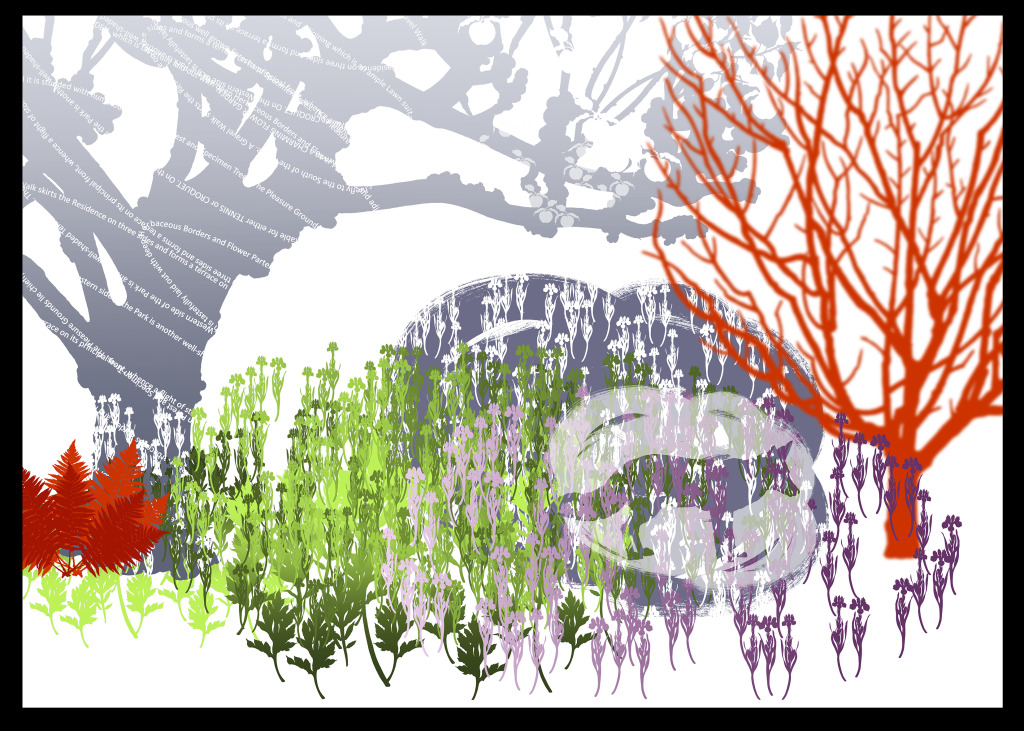

One of the most striking & singular elements of the interpretation project at Burgess Springs, Central Chelmsford is the large granite platform seat.
This feature is some 2.4m square & manufactured in 4 large units. The surface is being sandblasted with images and text, both inspired by the writing of Anne Knight of Chelmsford.
The granite artwork is being project managed by Nigel Hudson, Masonry Product Manager for Hardscape at their premises at Long Marston, Stratford Upon Avon. The sandblasting is being carried out by Masonry Manager, Vladimir Zonozicka. We have met several times to discuss and sample the process & the collaboration has in turn, resulted in a much more interesting peice of work.
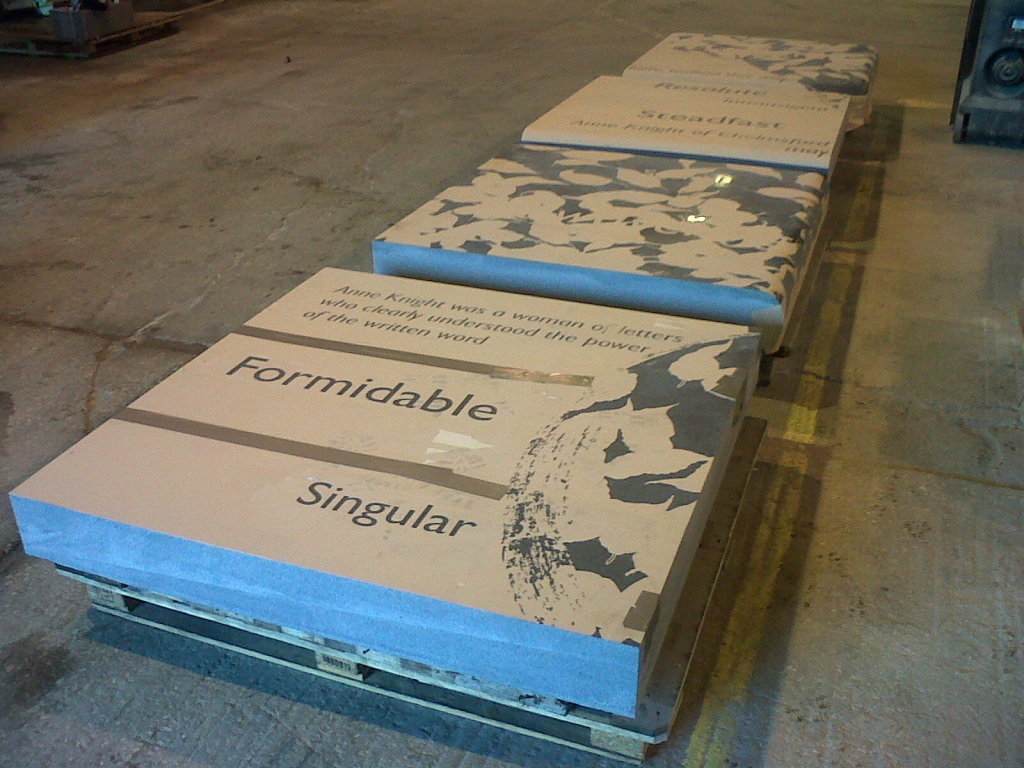
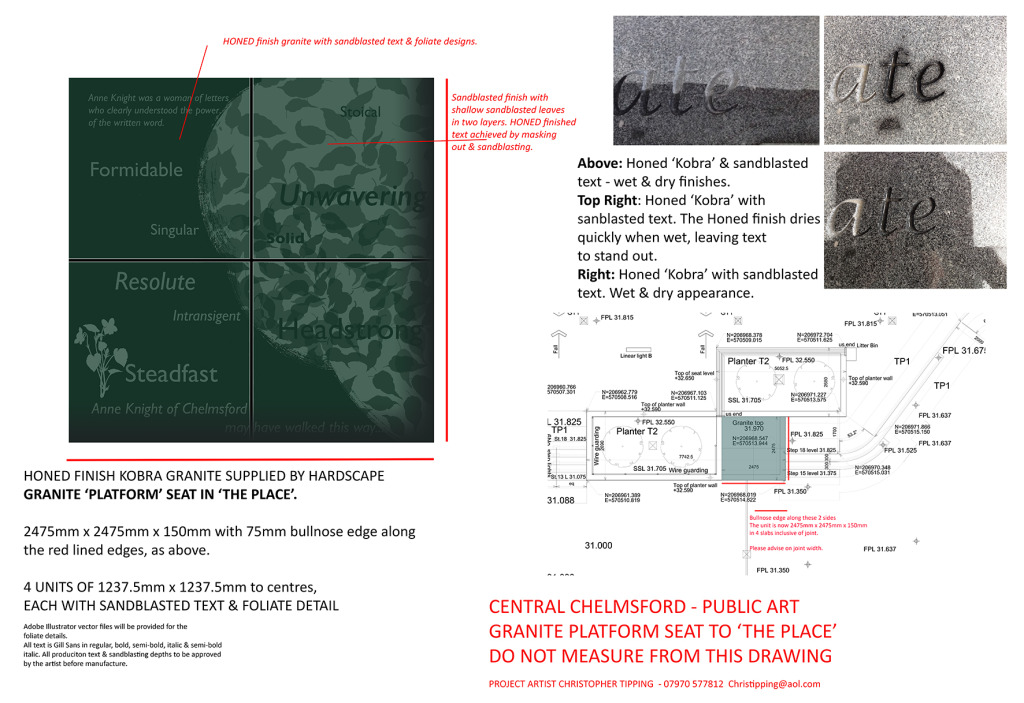
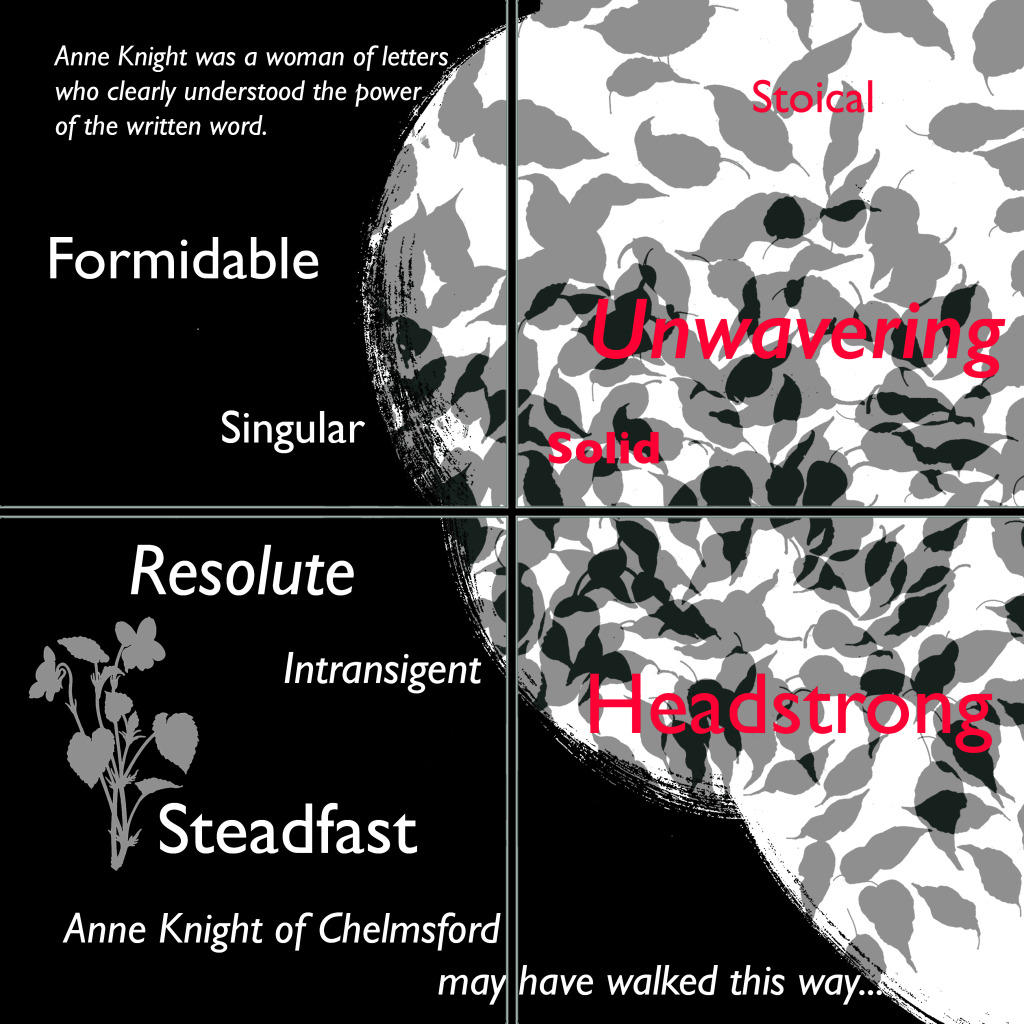
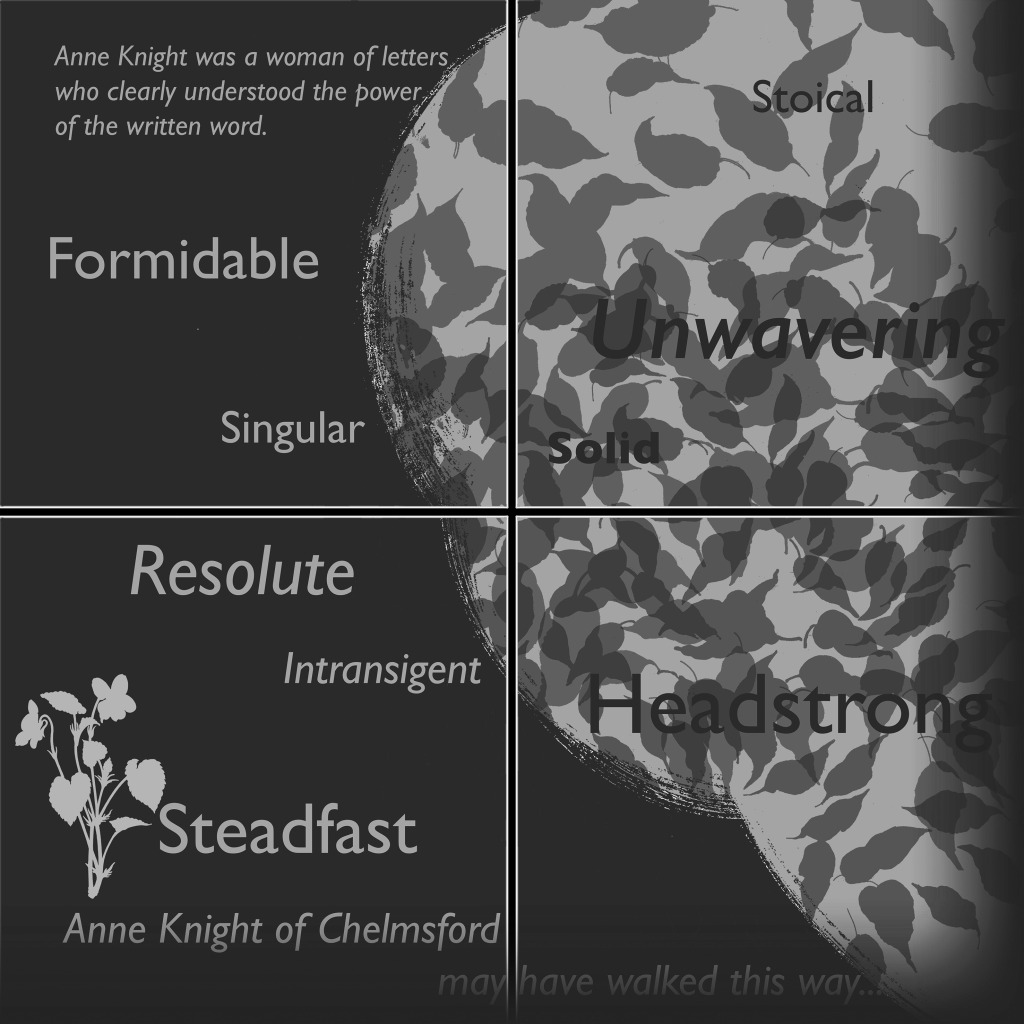
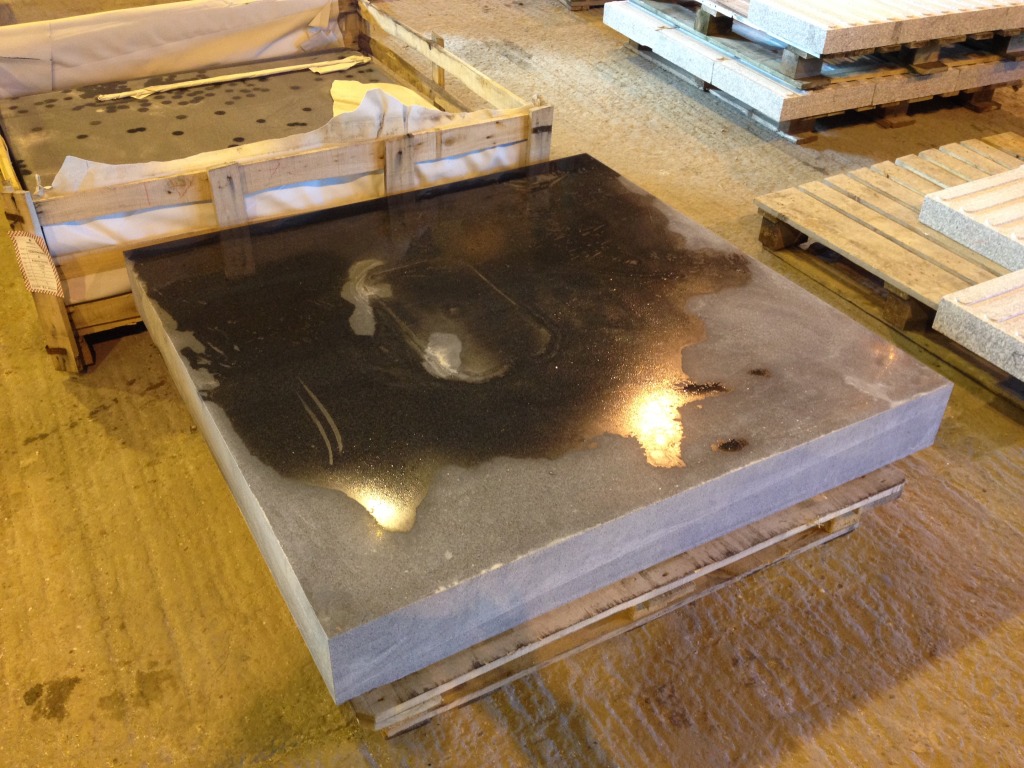
The development scheme is being delivered on behalf of Genesis Housing by Denne & project managed by Bidwells.
The art project is now completed on site with all the digitally printed panels installed.
I visited on Friday 14th November to review progress & the following images are taken from that visit.


The brief was built around the need for privacy in the rooms. Large glazed screens open up onto a landscaped courtyard. Although these spaces are being planted with trees and some small shrubs, most of the space would be turfed. Patients, staff & visitors can still see out from the windows in the knowledge that their privacy was being maintained. Opaque and transparent layers with drawn & cut out detailing were created to provide some variation & changeability in the surface.
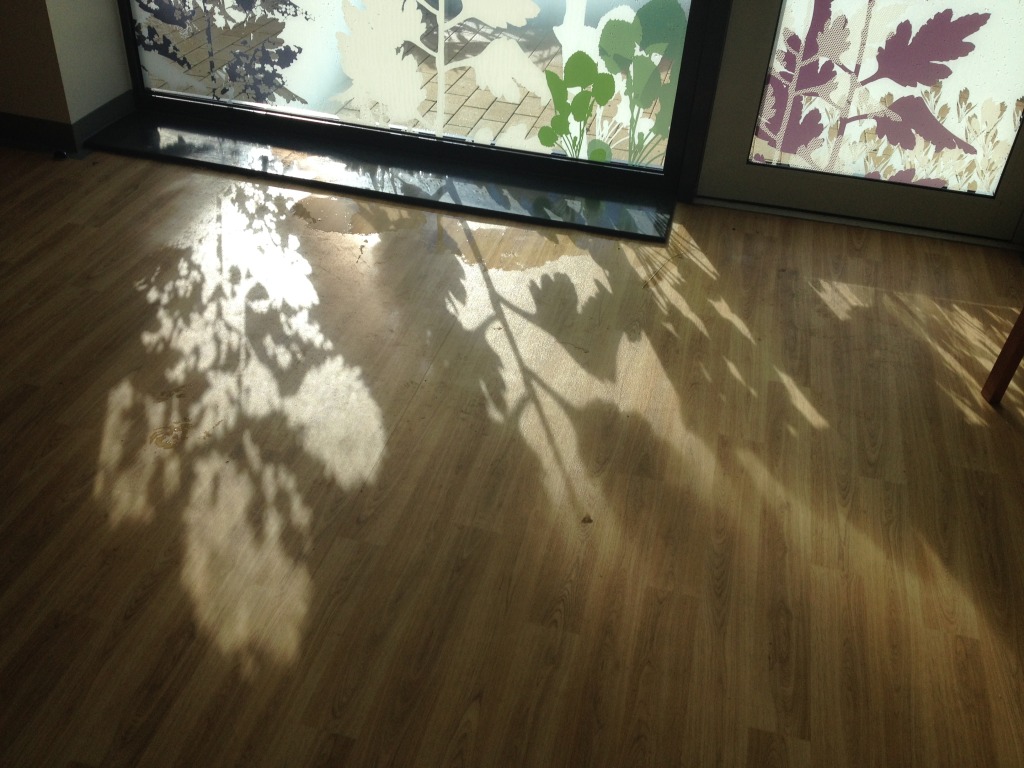

Thursday 13th November 2014 saw the last black basalt slab installed on Blechynden Terrace to complete the ‘Canal Shore’ artwork installation.
Left to right – Martin Miller and Jay Geary of Balfour Beatty, who have together installed all the 205 linear metres of the kerb edge artwork – which was manufactured and inlaid with text by Hardscape – along Blechynden Terrace and the forecourt of Central Station.

This almost – but not quite – completes the Phase 1 works for the Southampton Station Quarter North project being delivered by Balfour Beatty Living Places for Southampton City Council. This project is one of seven ‘Very Important Projects’ (VIP’S) & part of its City Centre Master Plan which will see one of Southampton’s most important gateways transformed into ‘an exciting arrival experience fit for a major city.’
Some more images of works in progress:

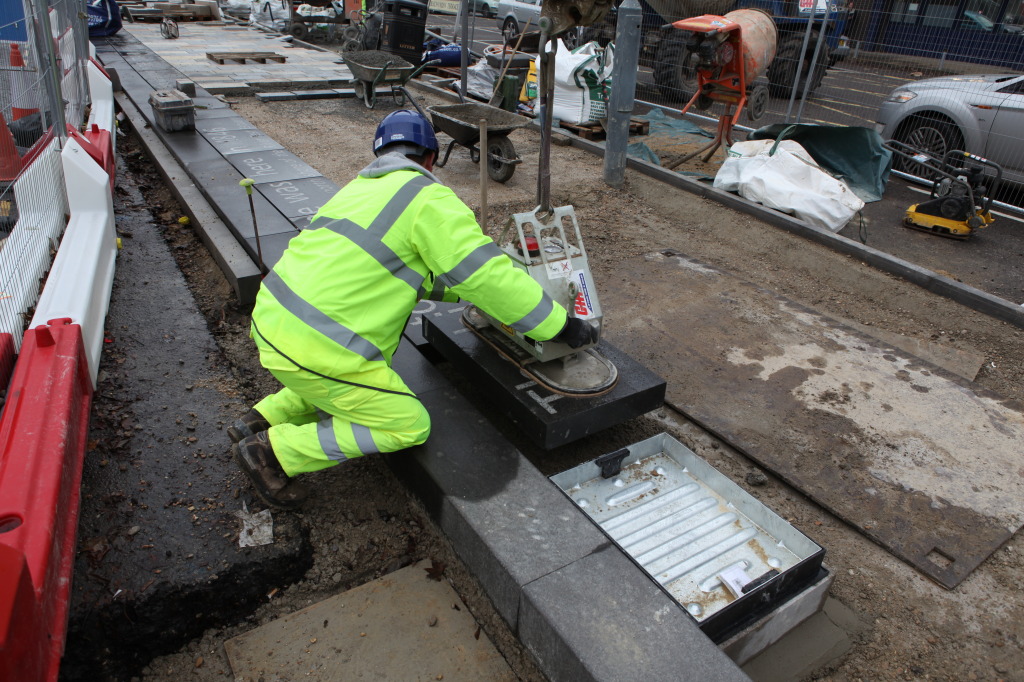
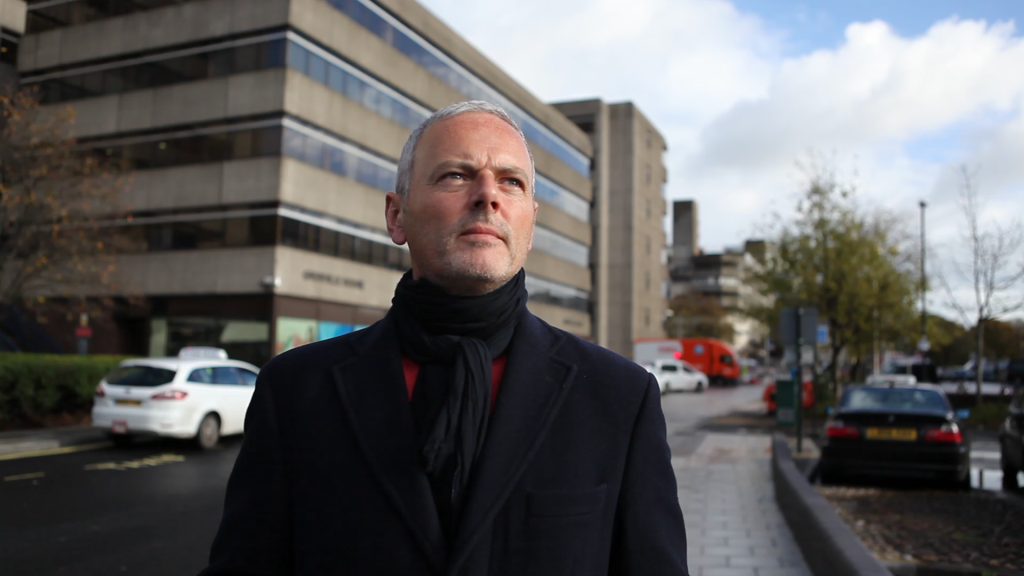
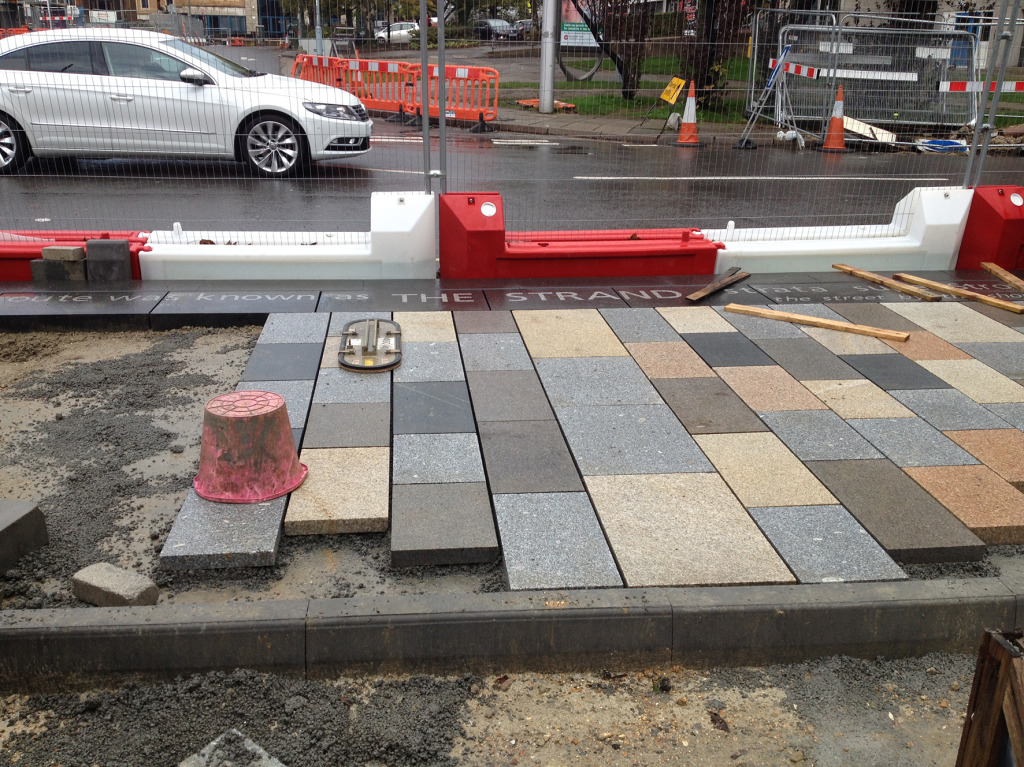
The site, adjacent to the shoreline of the Test Estuary has always been a point of confluence. The main route West in & out of the city ran along the shoreline and was known as The Strand. At a point marked by Achards Bridge, which replaced an ancient ford across the Rollesbrook Stream which enters the River Test at this point, the city boundary with Millbrook was established.
Today this site is near to the entrance to Southampton Central Station. You may cross the Rollesbrook Stream yourself each time you visit the station. The station is the gateway to the city & a critical hub & interchange.
The individual lines of texts are to be set out adjacent to the carriageway on the south side of Blechynden Terrace at site specific points along the ‘Canal Shore’ feature kerb line, & reveal in their expression something of the history and use of the local area. It is not a linear ‘narrative’ and has no specific start or finish. It will engage with people as and when they encounter the words. Some words and phrases have their origin in fact and are ‘on the record’, whilst some is anecdotal and ‘remembered’.

The text on these slabs is part of the following line – ‘The historic shoreline was here in 1846…the north shore of the River Test Estuary’
The 1846 Large Folio Royal Engineers Map held in the Southampton City Council Archive, is wonderfully accurate & detailed. It shows the planned route out over the mudflats of the unfinished ‘Dorchester Railway’. The shoreline was at this time still north of this point, with the high water mark reaching to what is now, the southern footpath of Blechynden Terrace & Southbrook Road. The historic curve of the Bay here is thought to be a meander of the ancient Solent River system. SCC Libraries & Archive

August Kenzler was lost when the Titanic struck an iceberg on its maiden voyage. He was one of seven crewmen (from more than 720 from Southampton) who lived in the area bounded by our project.
John Henry Stagg – Steward – 1st Class – Lost – 66 Commercial Road
August Kenzler – Storekeeper – Age 43 – Lost – 21 (12) Blechynden Terrace
Michael Stafford – Greaser – Age 37 – No 4 Southbrook Road
Walter Edward Saunders – Trimmer – Age 25 – No1 Suffolk Sq (off Southbrook Road)
Long – Trimmer – Age 28 – No 19 Sidford Street –
William Logan Gwinn – Age 37 – No 4 Commercial Road
13th November 2014
The project was approved last week and the files went to print earlier this week. The last two days have seen most of the digitally printed vinyl installed.
Guardian Window Films have manufactured and installed the work at the new Bicester Community Hospital. This new hospital, which has yet to open has been commissioned by Oxford Health NHS Foundation Trust & was delivered by Kajima with construction partner Mansell with IBI Nightingale Architects. The artwork project was commissioned by Artscape
for Oxford Health.

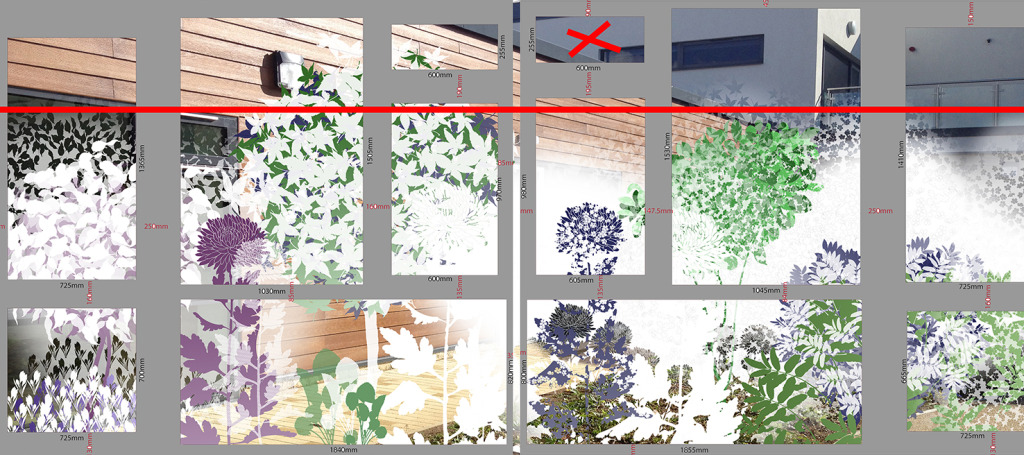

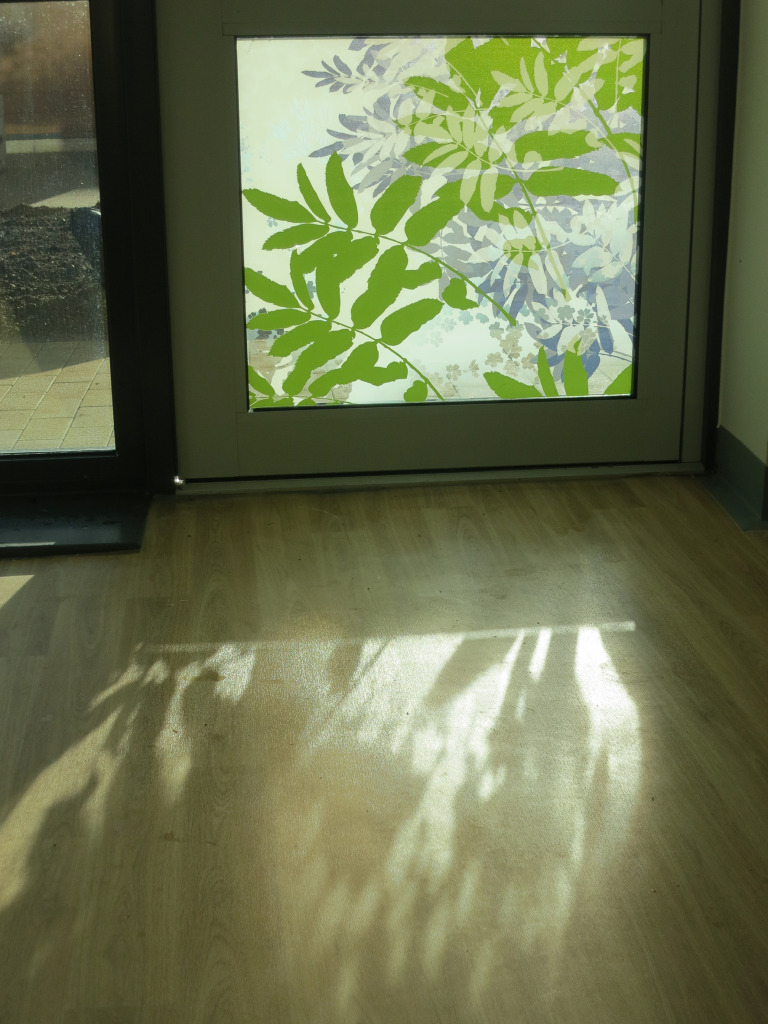
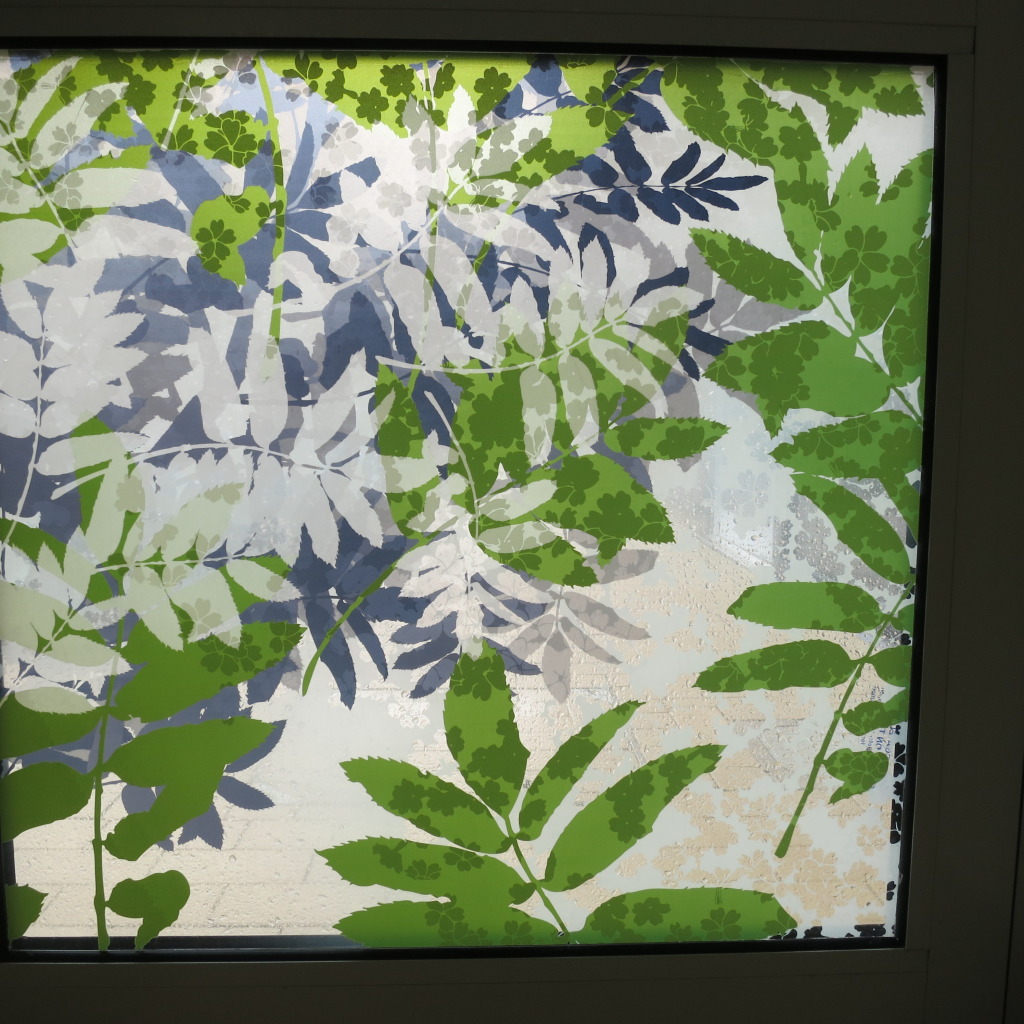
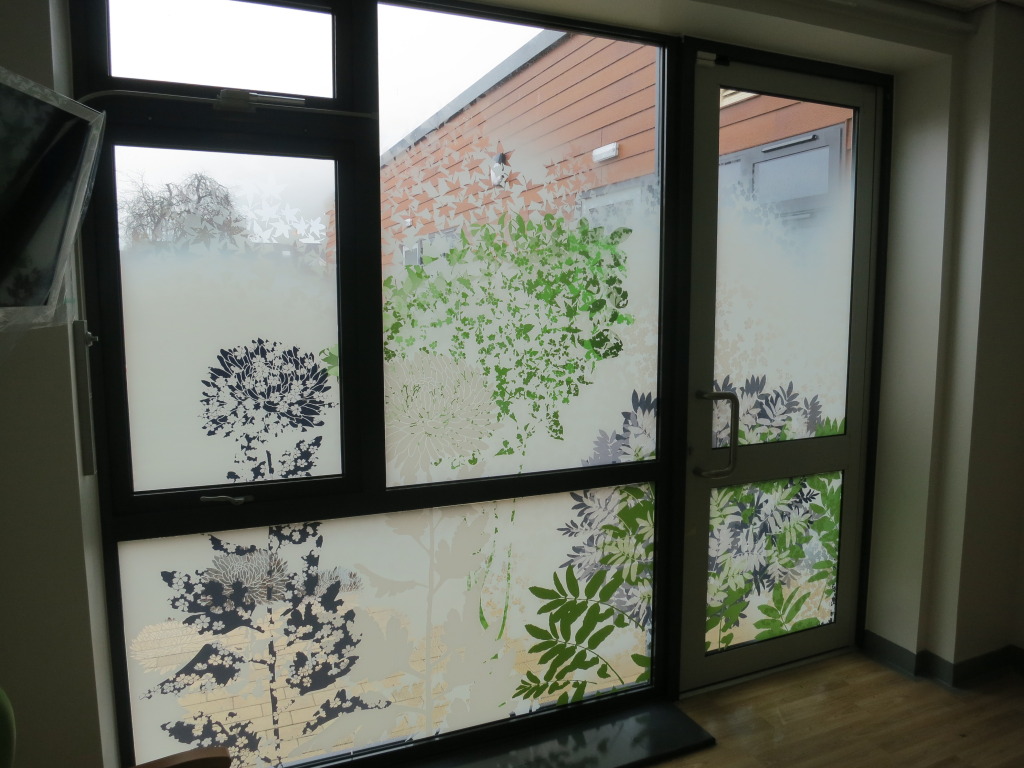
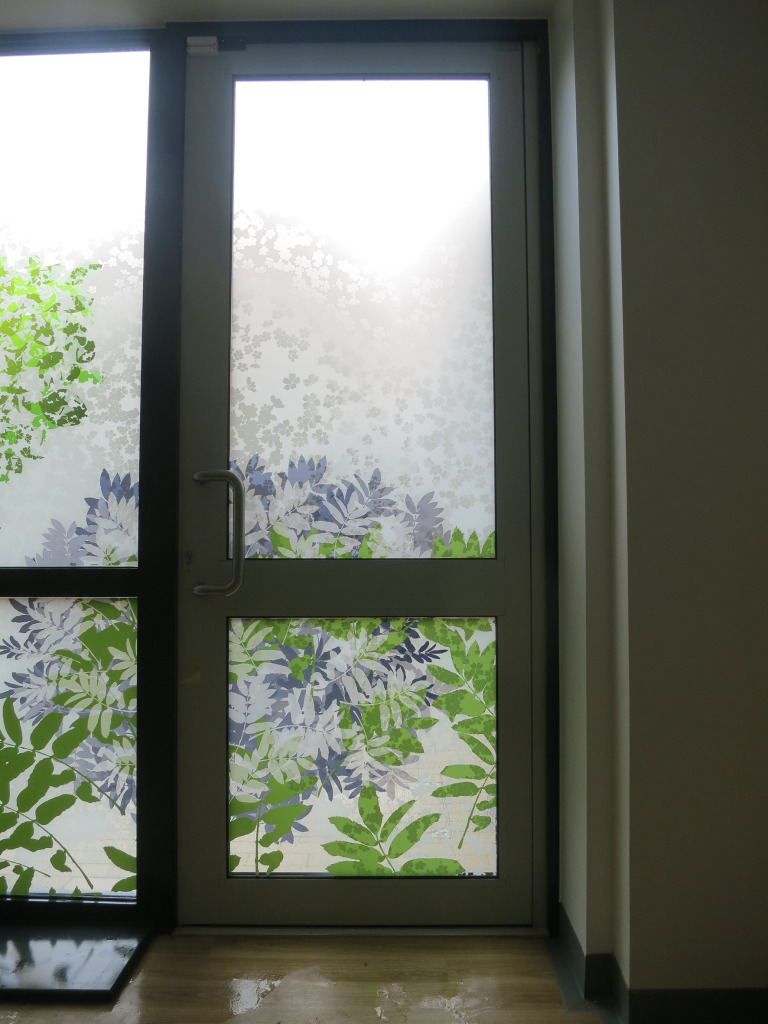
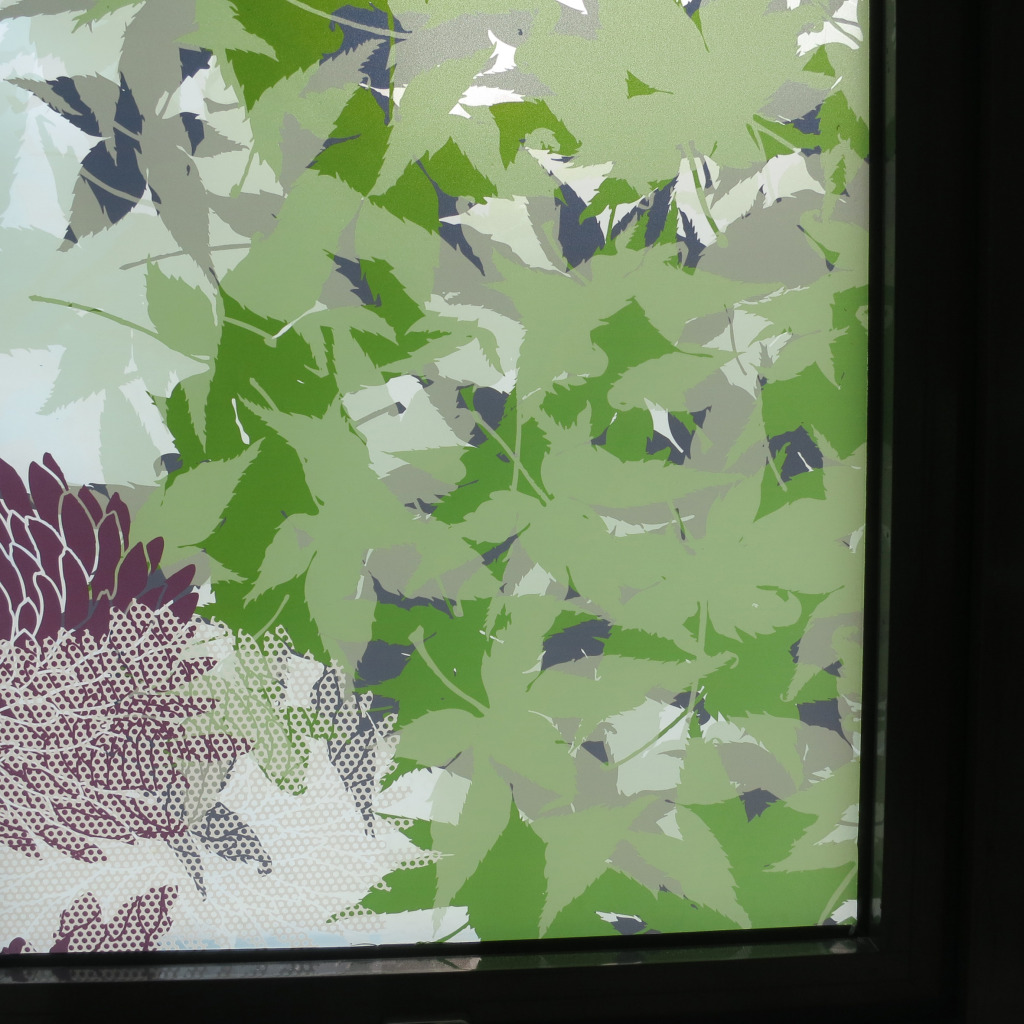
13th November 2014, Ramsgate
’70 years on…’ CENTRAL CONCOURSE SCREEN FOR THE JUBILEE BUILDING, MUSGROVE PARK HOSPITAL
I recently came across the work of the photographer, John Seaman, who had been commissioned by the main contractor for the Jubilee Building BAM to make a photographic record. Very lucky for me, that he has a great eye for catching the spirit & intent of the tensile artwork and its relationship to the building and interior space. ’70 years on…’ was a collaboration with Architen Landrell & VGL Vinyl Graphics & was commissioned by Musgrove Park Hospital Capital Projects Office & Art for Life
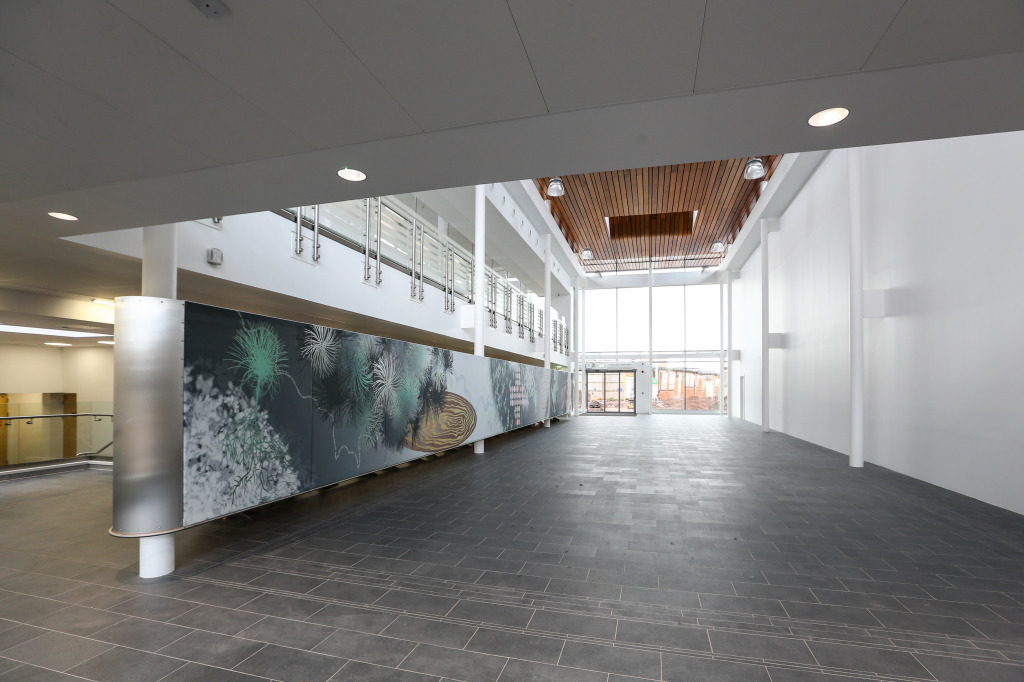
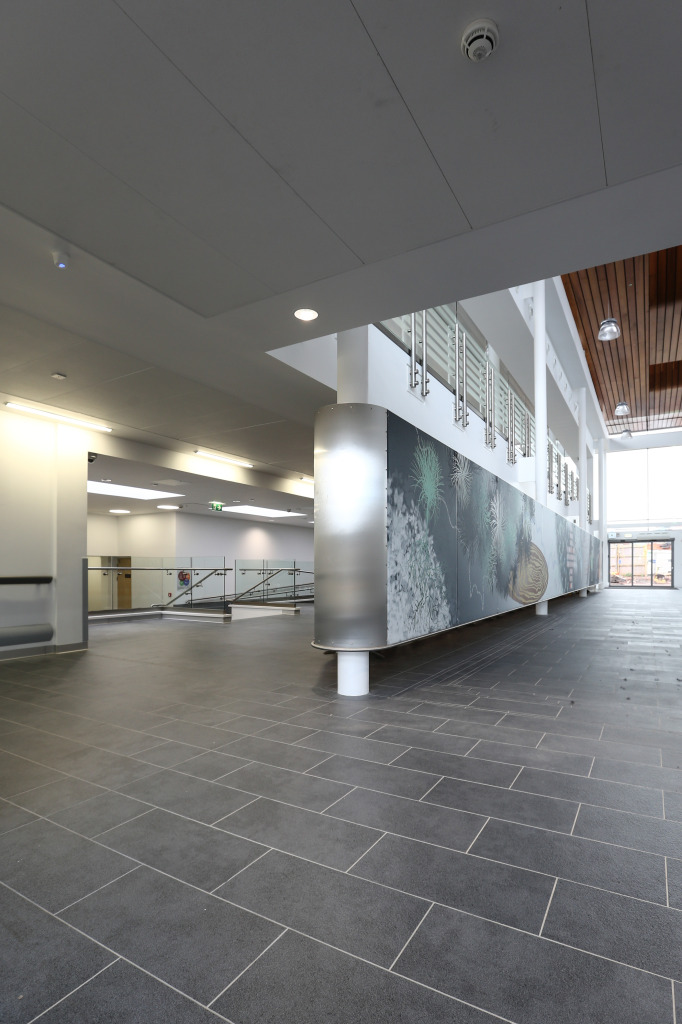

The Central Concourse Screen ’70 years on…’ was created to celebrate the delivery of the Jubilee Surgical Building & the 70th Anniversary of Musgrove Park Hospital. The project was Heritage Lottery funded.
The work is presented as a digitally printed tensile fabric screen made of 26 individually printed panels. It is supported by a bespoke lightweight aluminium & stainless steel double-sided ladder frame 21m x 1.8m, which is itself hung from 3 steel supporting columns of the Central Concourse building. The design & manufacture of the tensile screen and its method of digital printing balance well with the content of the work & its evocation of the past to present a contemporary artwork in a 21st Century Hospital.
The artwork is presented as a landscape, which, other than at each end, where curved steel panels protect the structure, the artwork can be viewed as a continual narrative sequence. However, this is not a timeline or a linear narrative, which has to be viewed in a particular way or from a particular viewpoint. The observer can simply roll up at any point along its 42m length and begin a journey or their own.
Text was employed in the design as both an aid to the visual narrative & to emphasize the importance of the hospital’s archive collection in this 70th Anniversary year. It also recalls individual and collective voices from the last 70 years. The work done by Louise Donovan, an archivist working with staff and patients past and present to recall their experiences working here has been included in “Sensing our Past”. 70 years of Musgrove Park Hospital’, published in 2012
Words have been used to draw with, or to conjure up the dynamic energy of the hospital. It is presented in a variety of ways, for example, following the line of the Galmington Stream, which runs along the boundary of the Hospital, or as a gestural expression, such as the whirlwind vortex drawing, or a simple circle of fine white text.
They are an eclectic and often mis-matched set of words, evocative of half remembered memories, anecdotes and stories, (as opposed to reproducing hard facts and figures within a fixed timeline). There are perhaps more ‘distant’ voices from early in the life of the hospital, particularly from it’s wartime experience, but I feel this is the way with memory – recall is distant and suggestive of the ‘good old days’.
Some elements within the artwork are obviously and easily recognizable, such as the iconic Eisenhower Tree & Galmington Stream, whilst others are abstract and elusive. A great number of the references are archival in origin, such as the colours, which were influenced by boxes of medical artifacts, some in the original packaging.
Bunches of flowers appear from between the seam joints, which evoke the Lily of the Valley presented to HM The Queen Mother or flowers given by visitors, which were held in vases attached to columns in the Nightingale wards.
The photographic archive too, which contains hundreds of images of staff at work and celebrating events such as Christmas & retirements, as well as visits by Royalty, or the American World Heavyweight Boxer, Joe Louis and the entertainer Bob Hope, who both visited the Hospital during World War II.
My own personal experience of being a part of this Hospital community since 2005, when I was appointed Lead Artist on the 10 year Hospital development programme is also evident in magery influenced by past projects undertaken here.
